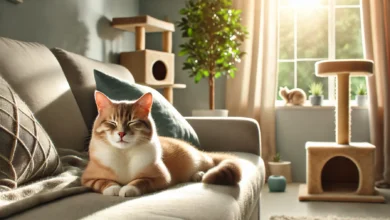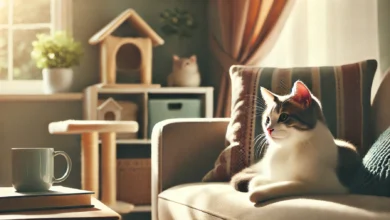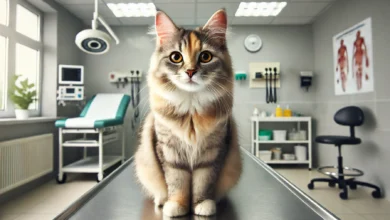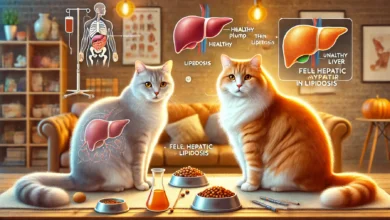Identifying Feline Lower Urinary Tract Disease Symptoms
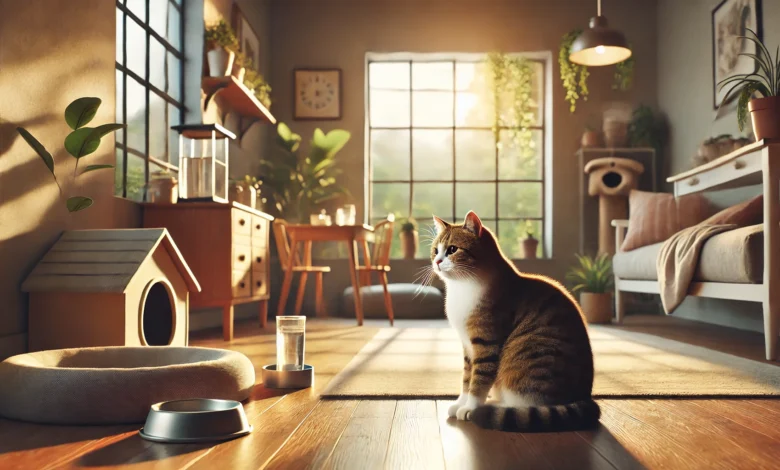
Cats make great pets; however, just like humans, they are inclined to develop diseases that may not be so evident at first glance.
One of these ailments is common among cats and usually goes unnoticed until the severity becomes intolerable: Feline Lower Urinary Tract Disease, or simply FLUTD.
As a responsible feline caretaker, being able to identify symptoms marks the beginning of relief for your feline companion from a life filled with significant discomfort and even life-threatening complications.
In this article, we will delve into how to recognize the signs of FLUTD, what it says about your cat’s health, and the steps you can take to ensure that your cat stays healthy.
FLUTD, or Feline Lower Urinary Tract Disease, is a group of diseases affecting a cat’s urethra and bladder.
Several factors can cause infection, obstruction, or stress that leads to such a disease.
These symptoms are usually subtle and often hidden, so early detection is vital to saving your cat from discomfort and complications.
Understanding what FLUTD is and what might cause the problem will enable you to take immediate action if your cat appears to have this disease.
Table of Contents
What is Feline Lower Urinary Tract Disease?
Feline Lower Urinary Tract Disease encompasses conditions affecting the bladder and urethra, causing painful or laborious urination in your cat.
The result can be inflammation, blockages, or infections in the urinary tract.
FLUTD is a serious condition that, if untreated, can progress to more severe diseases such as kidney failure or even death.
It tends to affect middle-aged, overweight, or inactive cats but can occur in any cat regardless of age or health status.
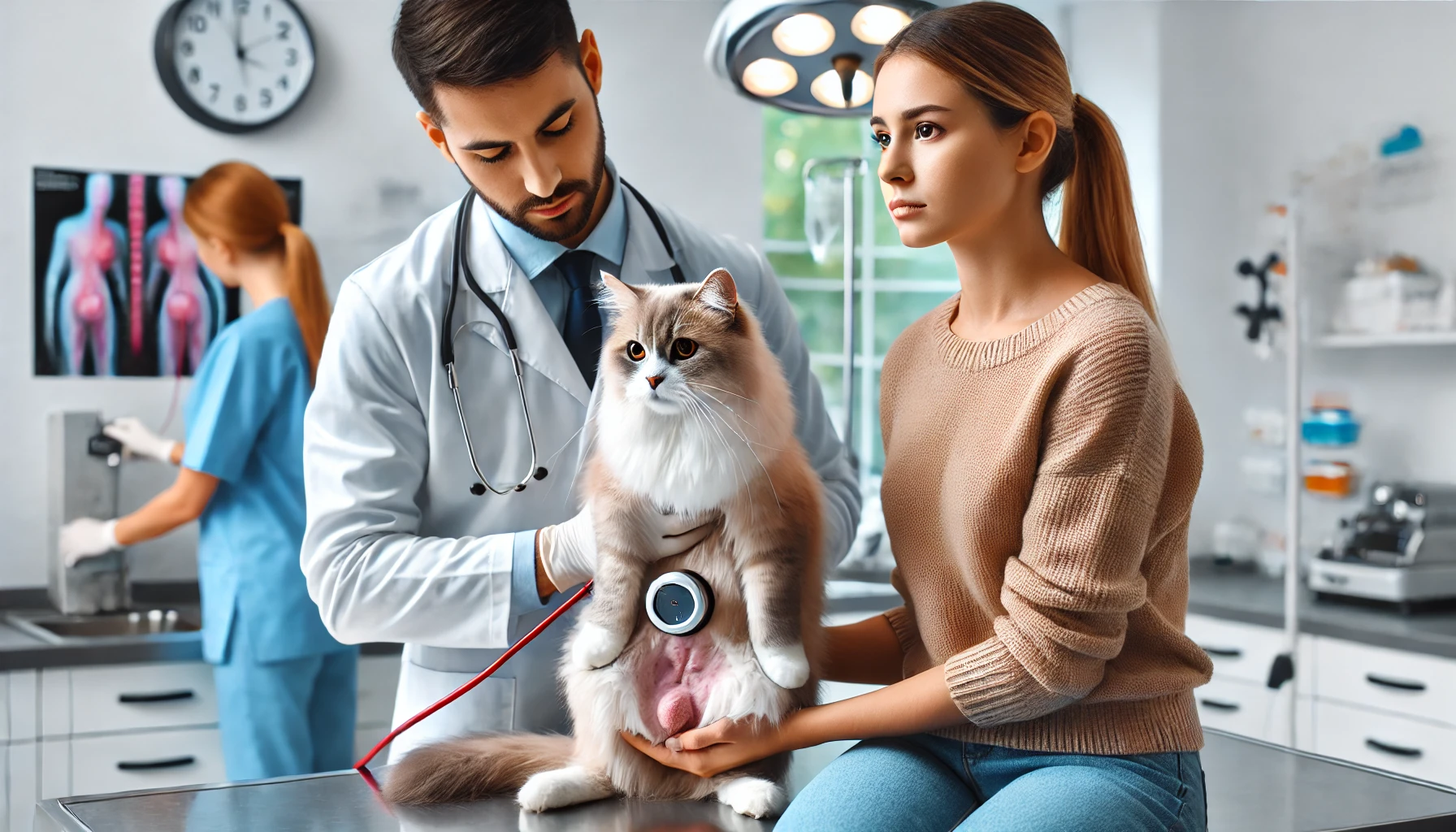
Overview of FLUTD
FLUTD is a term that encompasses several conditions that affect your cat’s urinary tract.
This includes infections, urinary stones, and idiopathic cystitis, a condition where there is swelling in the bladder without an identified cause.
These issues can make urination painful and difficult for your cat.
Cats suffering from FLUTD often exhibit painful symptoms that can greatly impact their overall health and quality of life.
While the specific causes may vary, common contributing factors include environmental stress, diet, and dehydration.
By understanding the basics of FLUTD, you can better recognize when something might be wrong with your cat.
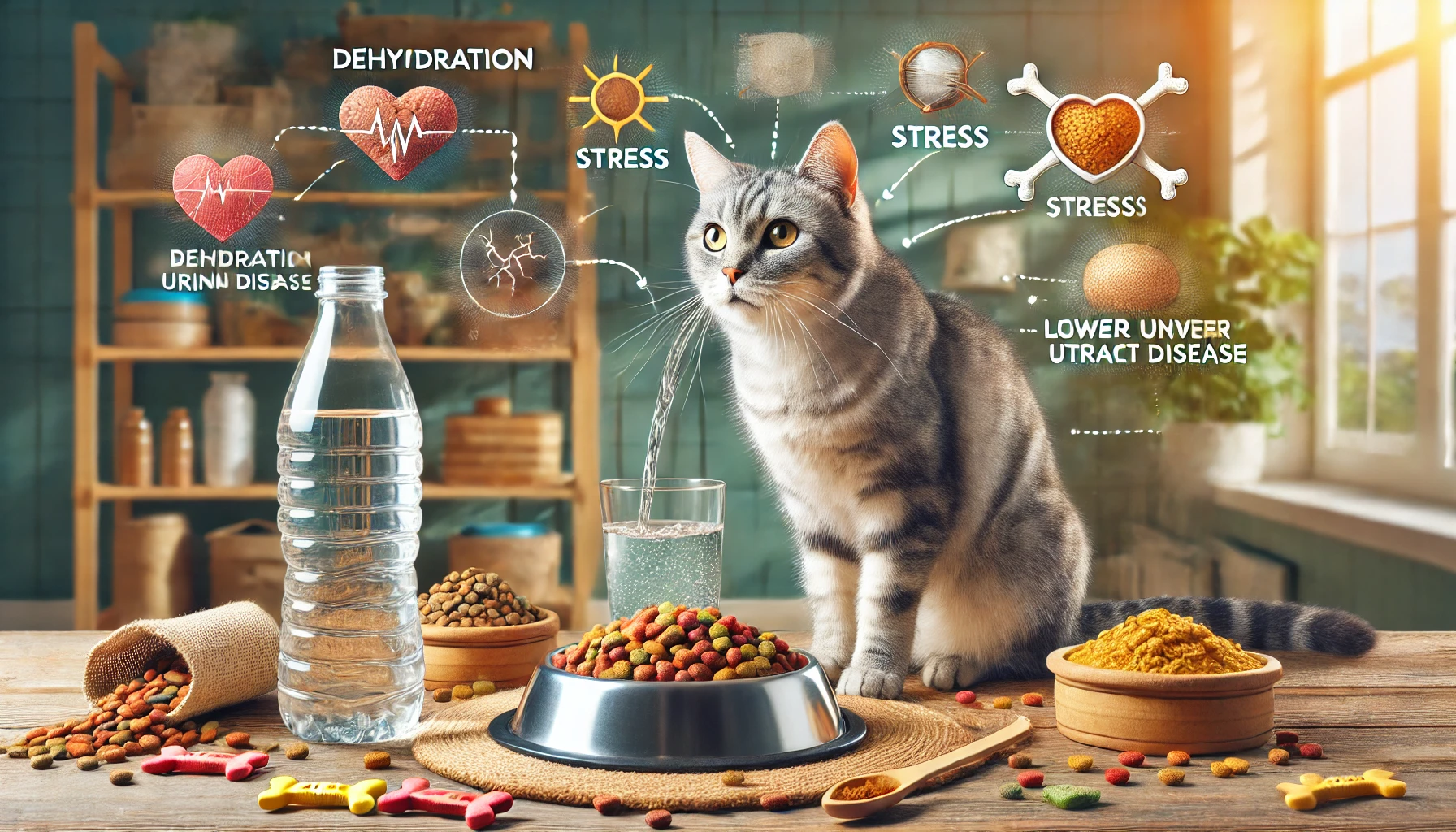
Common Causes of FLUTD
- Urinary stones: These can develop in your cat’s bladder, causing painful blockages that can make urination painful or even impossible.
- Infections: Bacterial infections of the bladder or urethra can lead to inflammation and pain.
- Stress: Stress from changes in your cat’s environment may trigger idiopathic cystitis, one of the most common causes of FLUTD.
- Obesity: Overweight cats are at a higher risk for developing urinary tract problems.
- Poor diet: Diets that are too dry or contain excessive minerals can increase the likelihood of urinary crystals or stones forming in your cat.
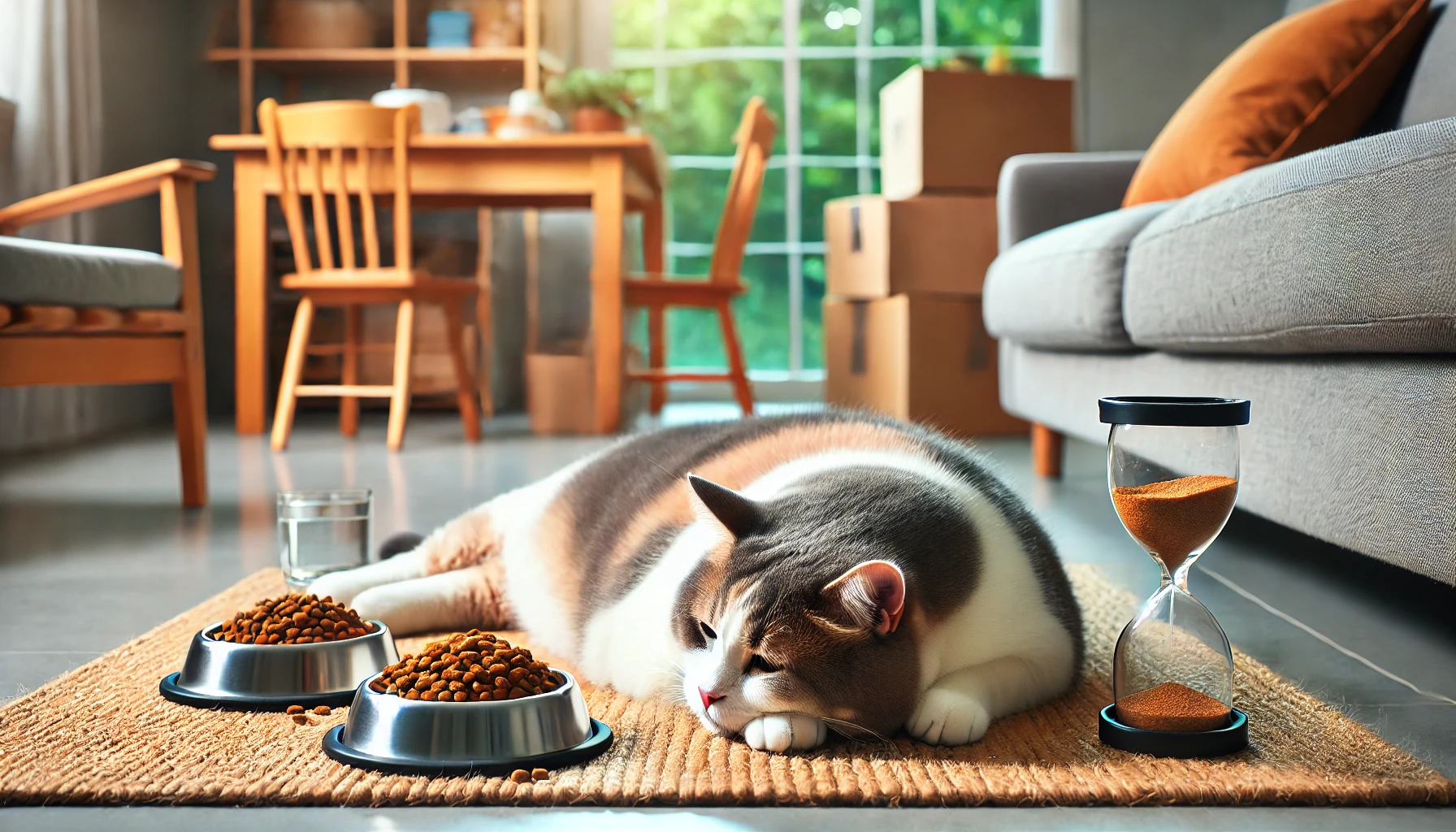
Risk Factors for FLUTD
Although any cat can develop FLUTD, certain factors increase the risk:
- Middle-aged, overweight, or inactive cats.
- Male cats are more prone to blockages due to their narrower urethra.
- Cats on a dry food diet may have reduced water intake, increasing the risk of urinary problems.
- Stress, such as changes in the household or environment, can trigger FLUTD.
- Cats with a history of urinary issues or those prone to infections.
Feline Lower Urinary Tract Disease affects the bladder and urethra of cats, leading to painful urination. Untreated FLUTD can result in serious health risks like kidney failure. Early diagnosis and treatment are crucial to prevent severe complications.
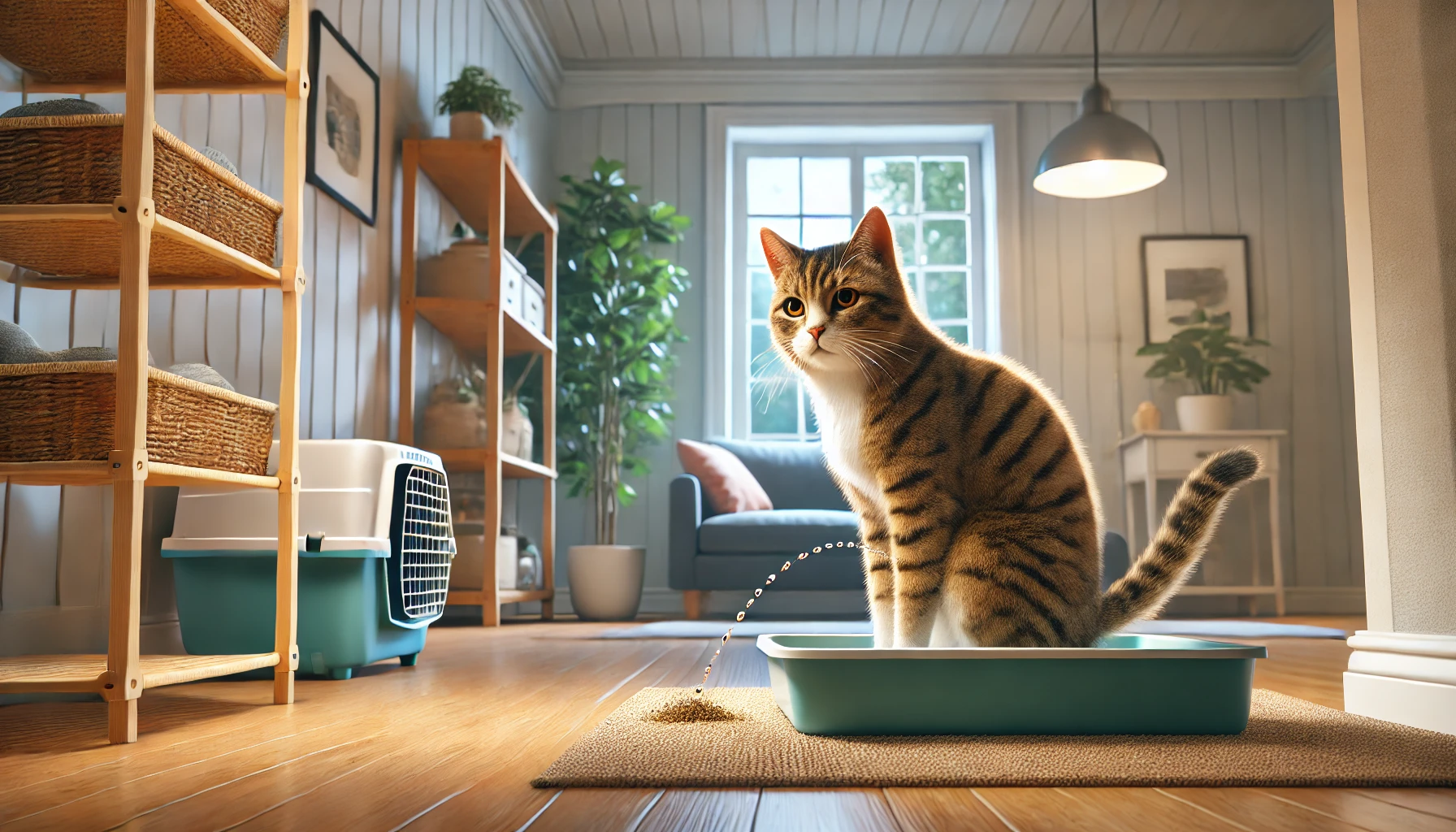
Early Signs and Symptoms of Feline Lower Urinary Tract Disease
As a cat owner, early detection is crucial when it comes to Feline Lower Urinary Tract Disease (FLUTD).
The symptoms of FLUTD are often subtle, making it important to closely observe your cat’s behavior.
Early detection allows for timely veterinary intervention, which may prevent serious complications.
Let’s explore the common signs and symptoms to watch for if you suspect your cat may be suffering from FLUTD.
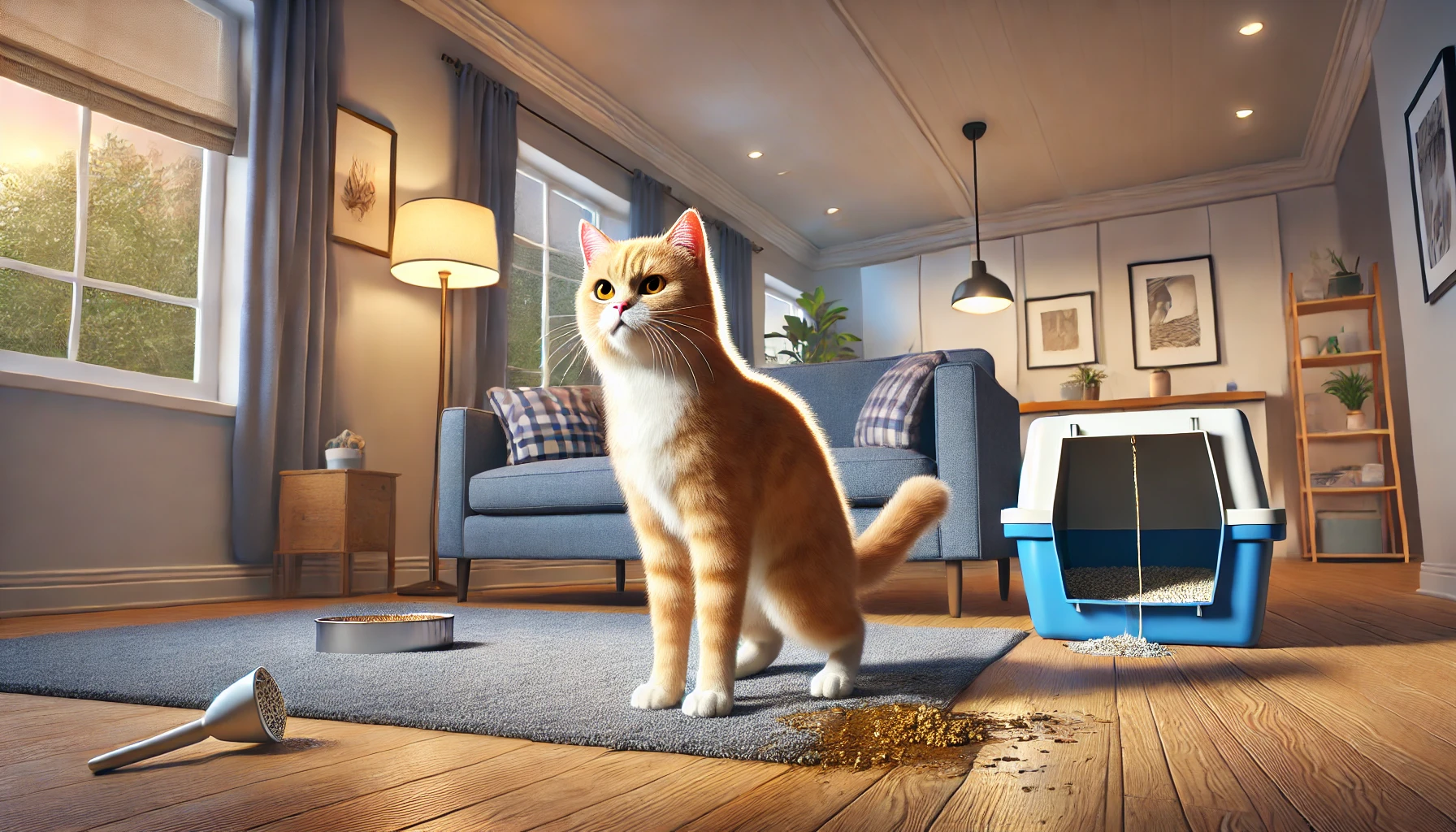
Behavioral Changes to Watch For
Cats suffering from FLUTD often display behavioral changes, especially when using the litter box.
Since urination becomes painful or difficult, your cat may try to urinate more frequently but produce little to no urine.
You might also notice your cat vocalizing, such as crying or yowling, due to the discomfort.
Some cats may avoid the litter box altogether and urinate elsewhere in the house.
Common behavioral changes to look for include:
- Frequent trips to the litter box with little or no urine output
- Crying or yowling during urination
- Urinating outside the litter box
- Excessive licking of the genital area
- Restlessness or signs of discomfort
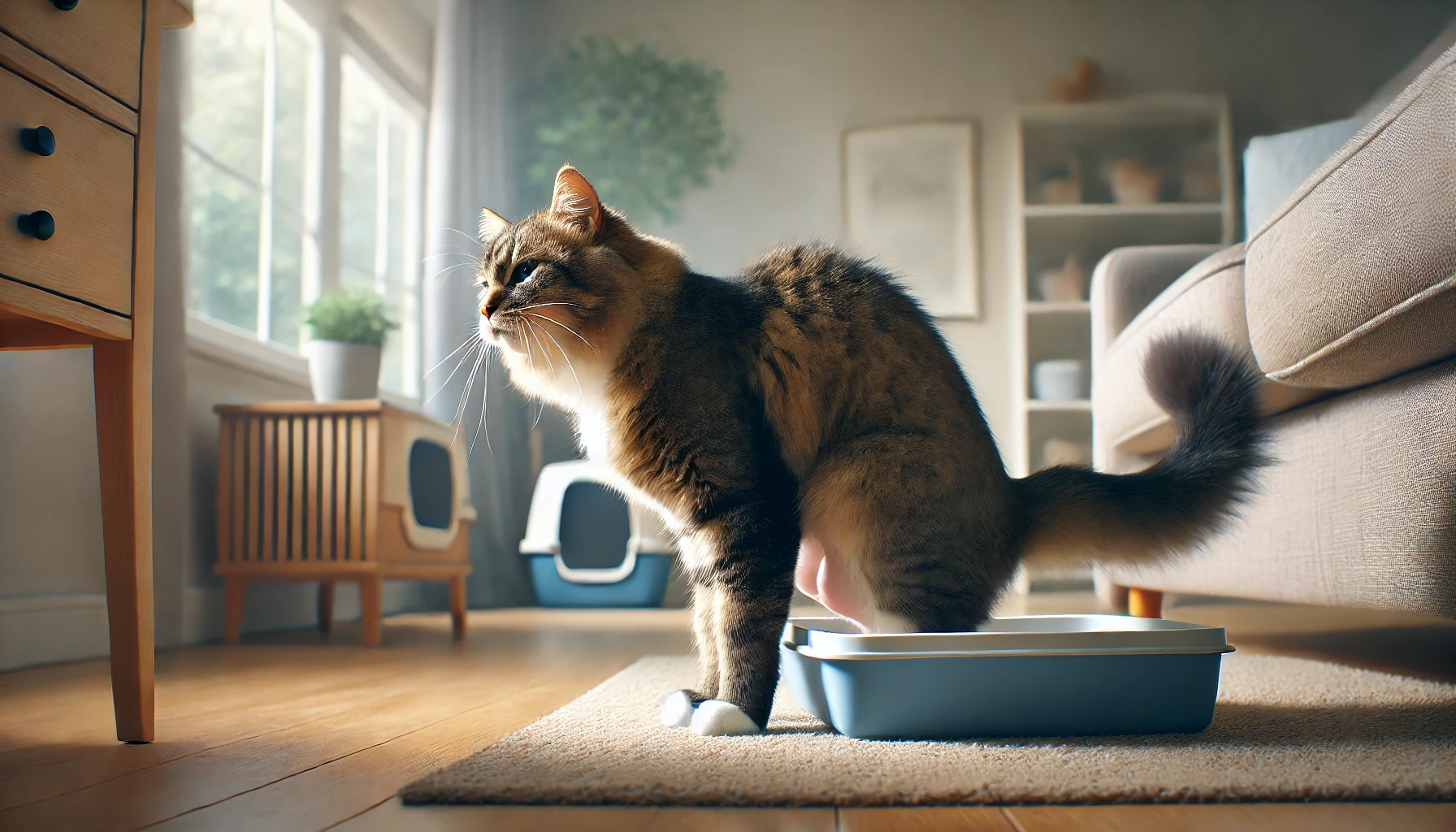
FLUTD: Physical Symptoms
In addition to behavioral changes, cats with FLUTD may show physical symptoms that worsen as the condition progresses.
These can include blood in the urine, straining to urinate, or a complete inability to urinate, which is a medical emergency.
Cats may also appear lethargic or experience abdominal pain.
If your cat exhibits any of these signs, it’s important to seek veterinary care immediately.
Physical signs of FLUTD include:
- Straining to urinate
- Blood in the urine (hematuria)
- Inability to urinate (medical emergency)
- Lethargy and loss of appetite
- Abdominal pain, such as hunching or reluctance to move
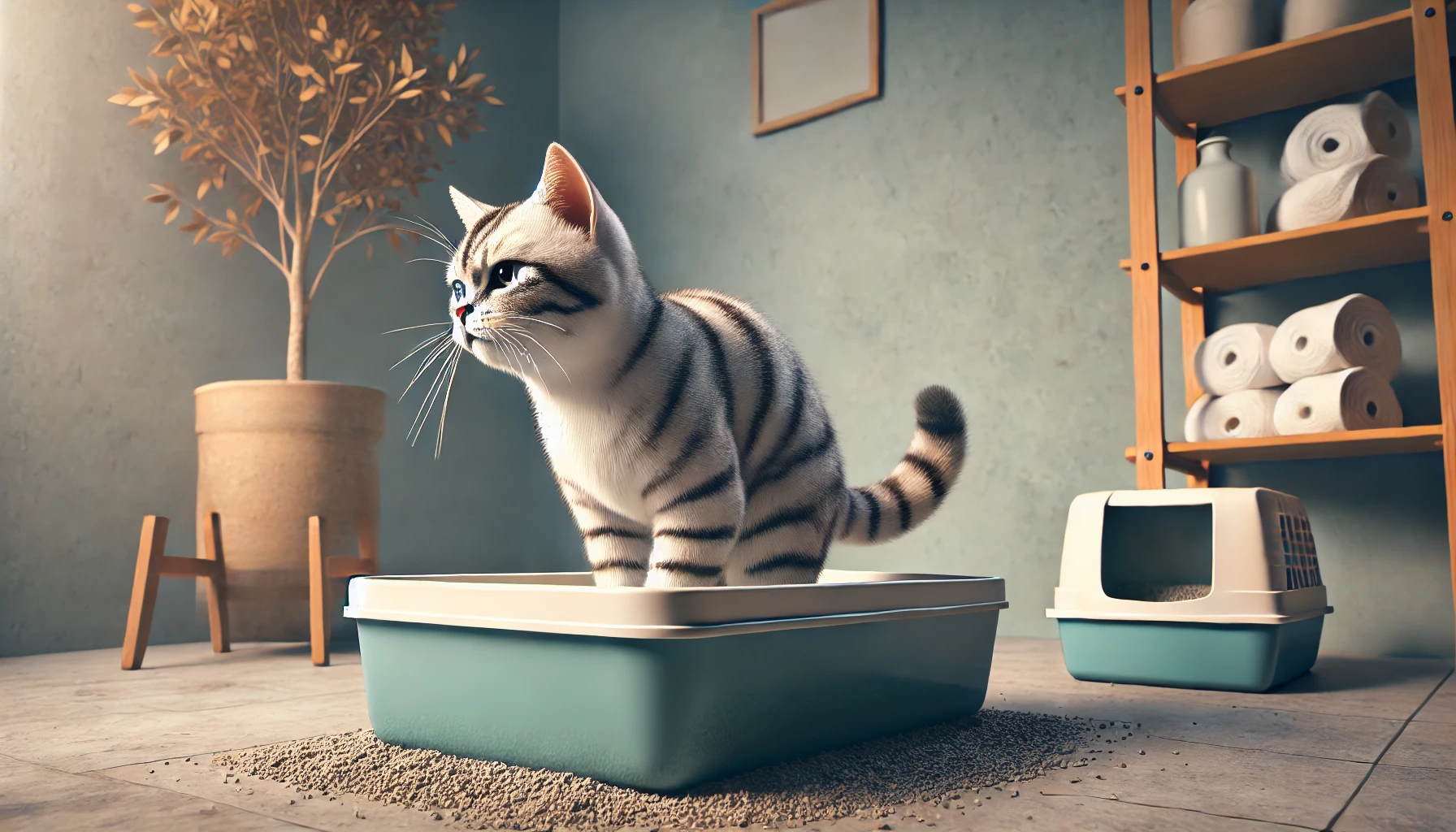
Changes in Urination Habits
One of the most common signs of FLUTD is a noticeable change in your cat’s urination habits.
These changes can range from increased frequency to an inability to urinate.
Cats with FLUTD may strain while urinating or produce only small amounts of urine.
If you notice your cat making more frequent trips to the litter box or having difficulty urinating, it is essential to consult a veterinarian right away.
Common changes in urination habits include:
- Increased frequency of urination
- Straining or difficulty urinating
- Producing only small amounts of urine
- Frequent grooming or licking of the urinary area
- Urinating outside the litter box
Recognizing these early signs and symptoms of FLUTD will help you seek prompt veterinary care and prevent serious complications.
If your cat shows any of these behaviors or symptoms, consult your veterinarian as early diagnosis and treatment are key to managing FLUTD.
FLUTD symptoms can be subtle but include frequent urination, straining, and behavioral changes like urinating outside the litter box. Early intervention can prevent serious health risks, so be alert to these warning signs.
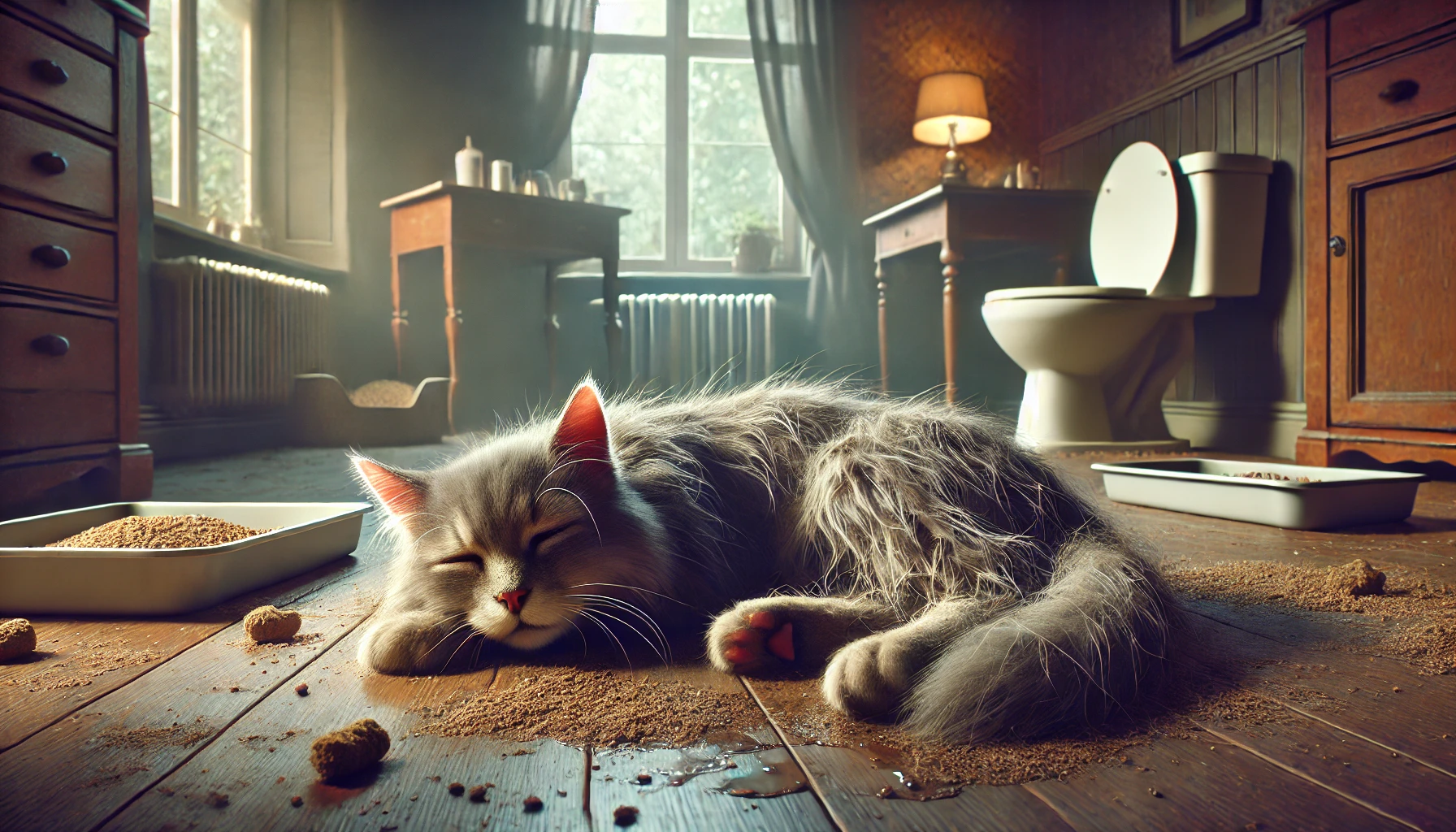
Complications of Untreated Feline Lower Urinary Tract Disease
When left untreated, Feline Lower Urinary Tract Disease (FLUTD) can result in several serious and life-threatening complications.
Cats often suffer through the illness until it reaches an advanced stage, making it essential to understand what potential complications can arise from this disease.
If FLUTD is not treated in a timely manner, these complications will seriously affect the overall health and quality of life of your cat.
Let’s explore the potential risks associated with untreated FLUTD.
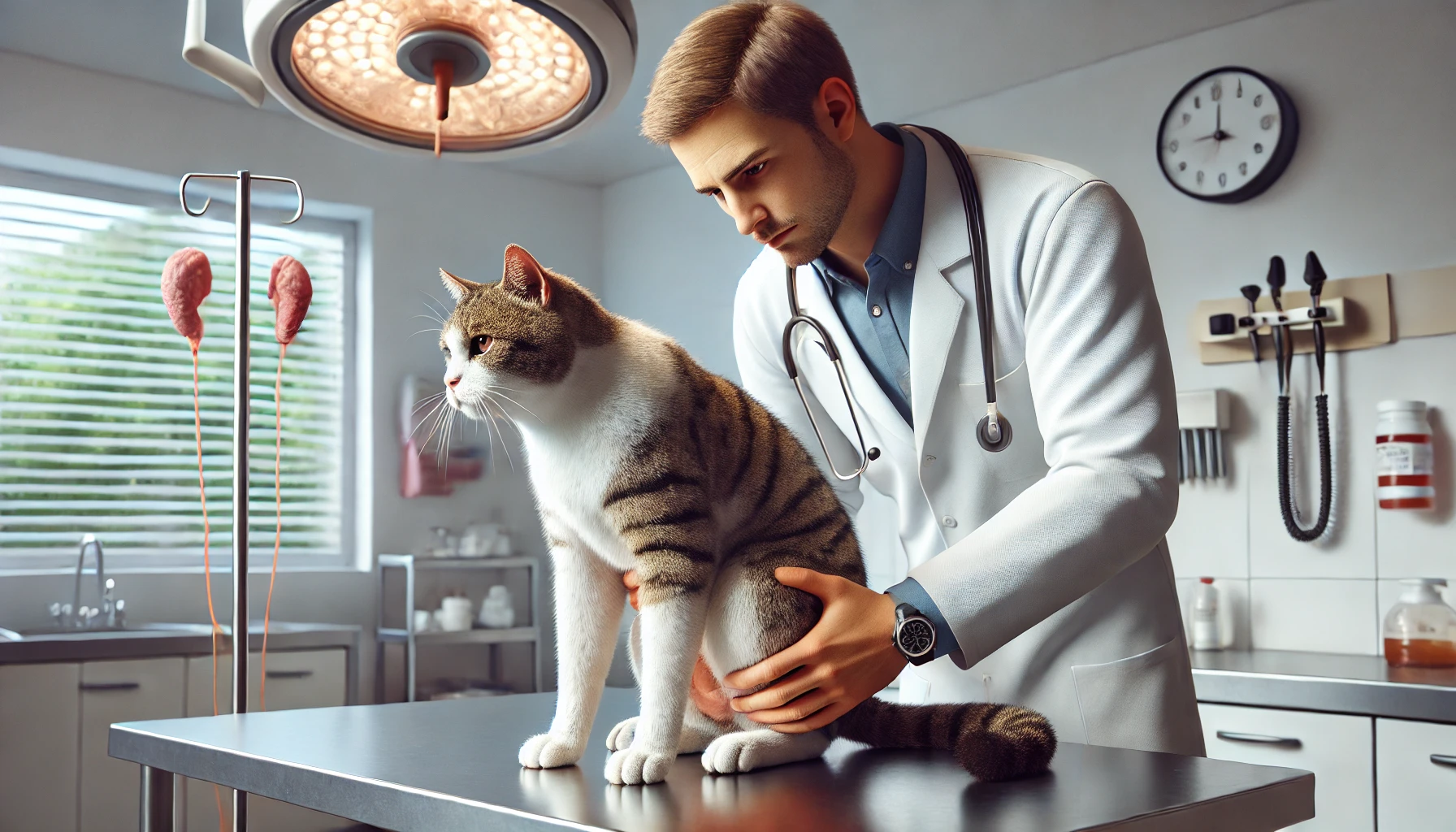
Bladder Blockages and Crystals
One of the most life-threatening complications of untreated FLUTD is the formation of bladder blockages or urinary crystals.
These obstructions occur when mineral deposits, such as struvite or calcium oxalate crystals, form in the bladder and block the urethra.
This condition is particularly common in male cats, as their urethra is narrower.
A complete blockage prevents your cat from urinating, which is a medical emergency.
If left untreated, bladder blockages can lead to bladder rupture, which can be fatal.
Bladder blockages or crystals can cause the following symptoms:
- Straining to urinate with little or no urine output
- Frequent trips to the litter box
- Crying out in pain while attempting to urinate
- Blood in the urine
- Inability to urinate (medical emergency)
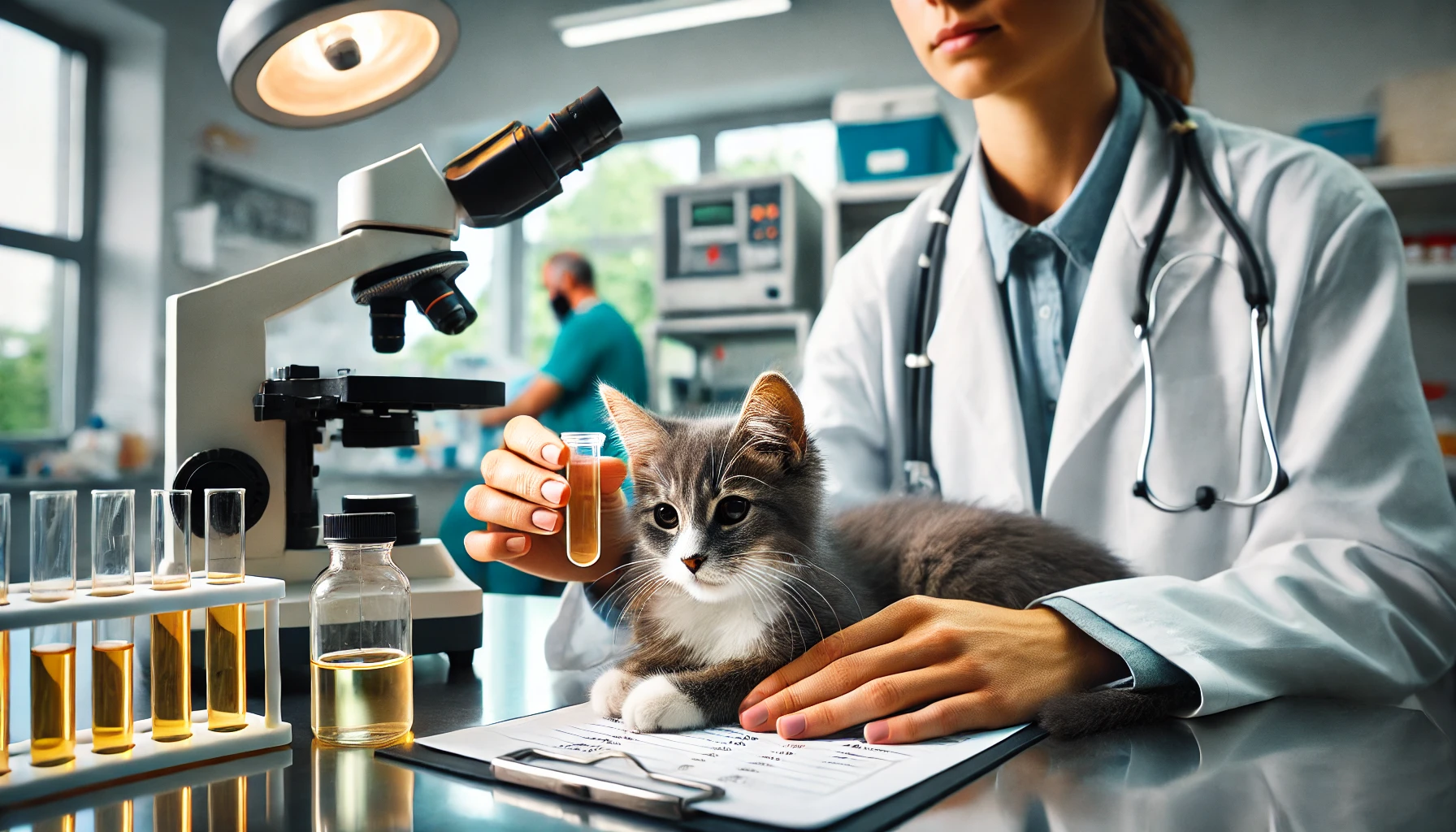
Urinary Tract Infections (UTIs)
Untreated FLUTD may also result in recurring urinary tract infections (UTIs), often accompanied by chronic pain and inflammation of the bladder and urethra.
A bacterial infection can thrive in an unhealthy urinary environment, leading to ongoing inflammation and infection.
This can damage the bladder lining and increase the likelihood of future UTIs.
In severe cases, bacteria may spread to the kidneys, causing a kidney infection known as pyelonephritis.
Signs of a feline urinary tract infection include:
- Frequent urination in small amounts
- Blood in the urine
- Strong-smelling urine
- Pain during urination
- Lethargy and loss of appetite
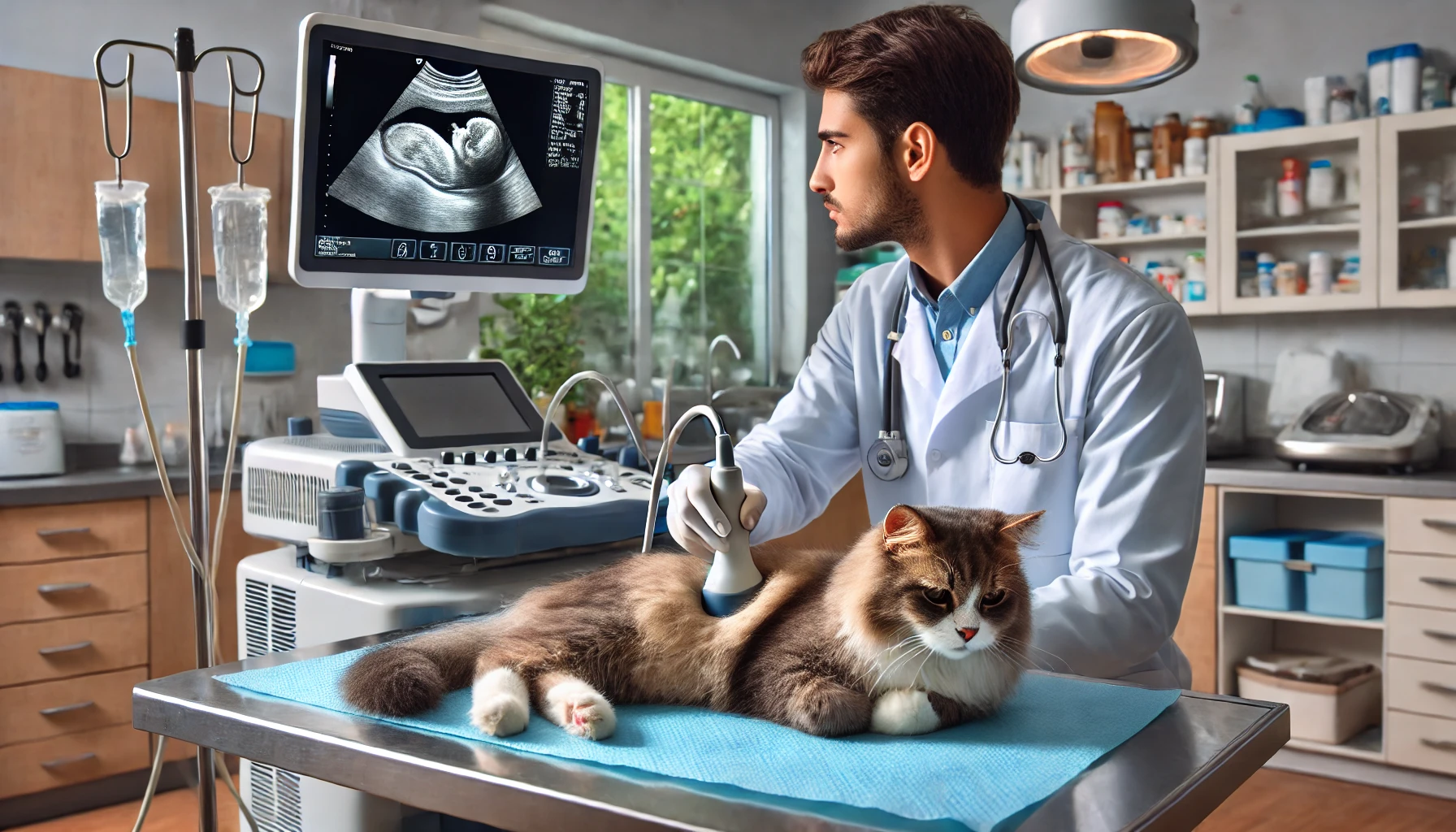
Kidney Damage
Another serious complication of untreated FLUTD is kidney damage.
If bladder blockages or chronic infections are not addressed, pressure can build up in the urinary system, leading to acute kidney failure.
This condition is life-threatening and requires immediate veterinary care.
Cats suffering from kidney damage may exhibit symptoms such as vomiting, dehydration, lethargy, and a severe loss of appetite.
If the kidney damage persists, your cat may develop chronic kidney disease, an irreversible condition that will require long-term management.
Possible signs of kidney damage in cats include:
- Increased thirst and urination
- Vomiting and nausea
- Loss of appetite and weight loss
- Lethargy and weakness
- Dehydration and bad breath
Being aware of these potential complications emphasizes the importance of early detection and treatment of FLUTD.
If your cat shows any signs of urinary trouble, don’t hesitate to seek veterinary care.
Early intervention can prevent serious complications and alleviate your cat’s suffering.
Untreated FLUTD can lead to severe complications such as bladder blockages, infections, and kidney damage. Prompt treatment is essential to prevent these life-threatening risks.
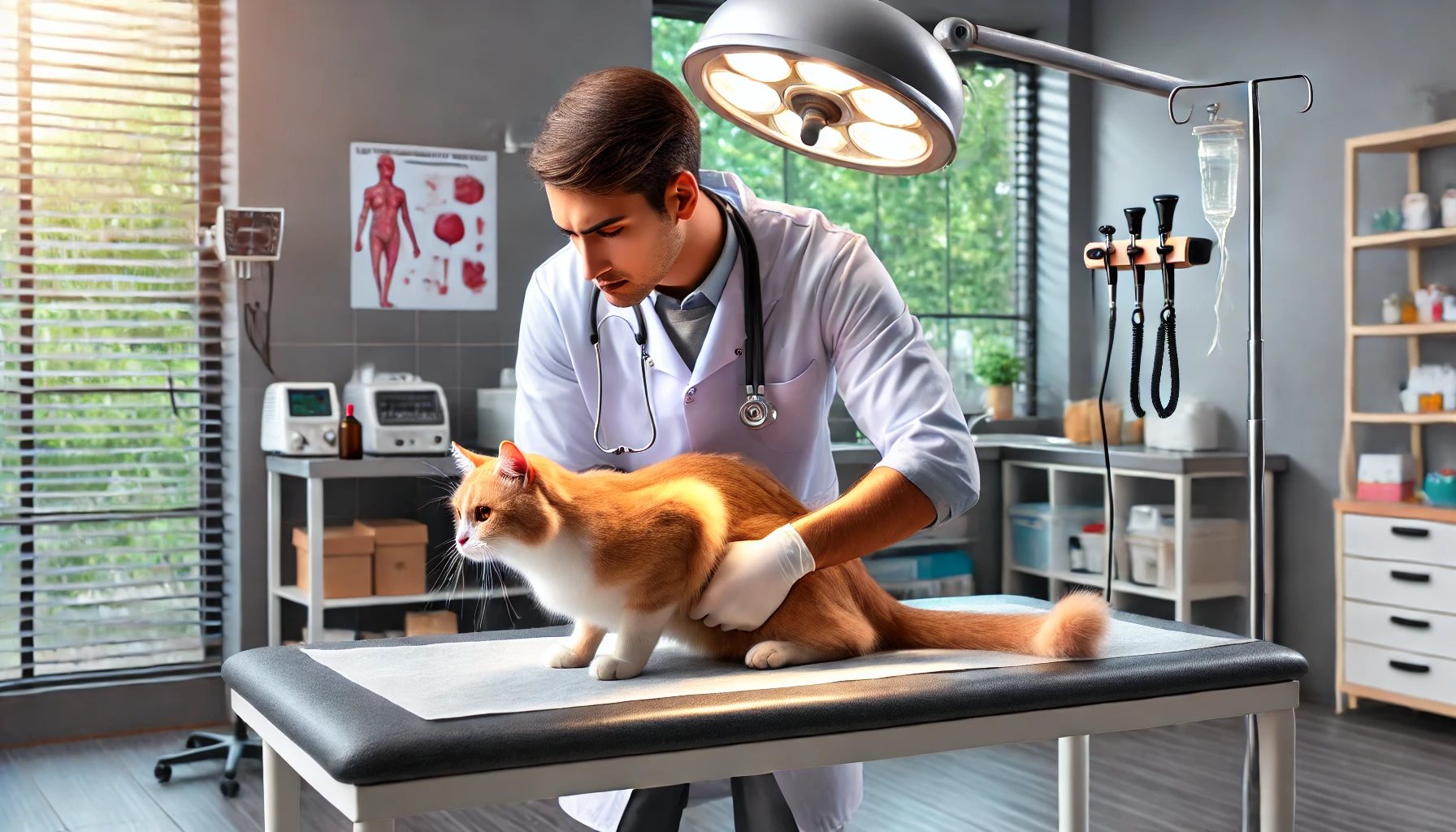
Diagnosing Feline Lower Urinary Tract Disease
Diagnosis of Feline Lower Urinary Tract Disease (FLUTD) is crucial to identifying the exact cause and determining the best course of treatment for your cat.
Since the symptoms of FLUTD can overlap with other health issues, a proper diagnosis by a veterinarian is vital to ensuring the right care for your cat.
Early and accurate diagnosis can prevent complications and provide relief for your feline companion.
Let’s explore how FLUTD is diagnosed and the steps vets take to find the underlying cause.
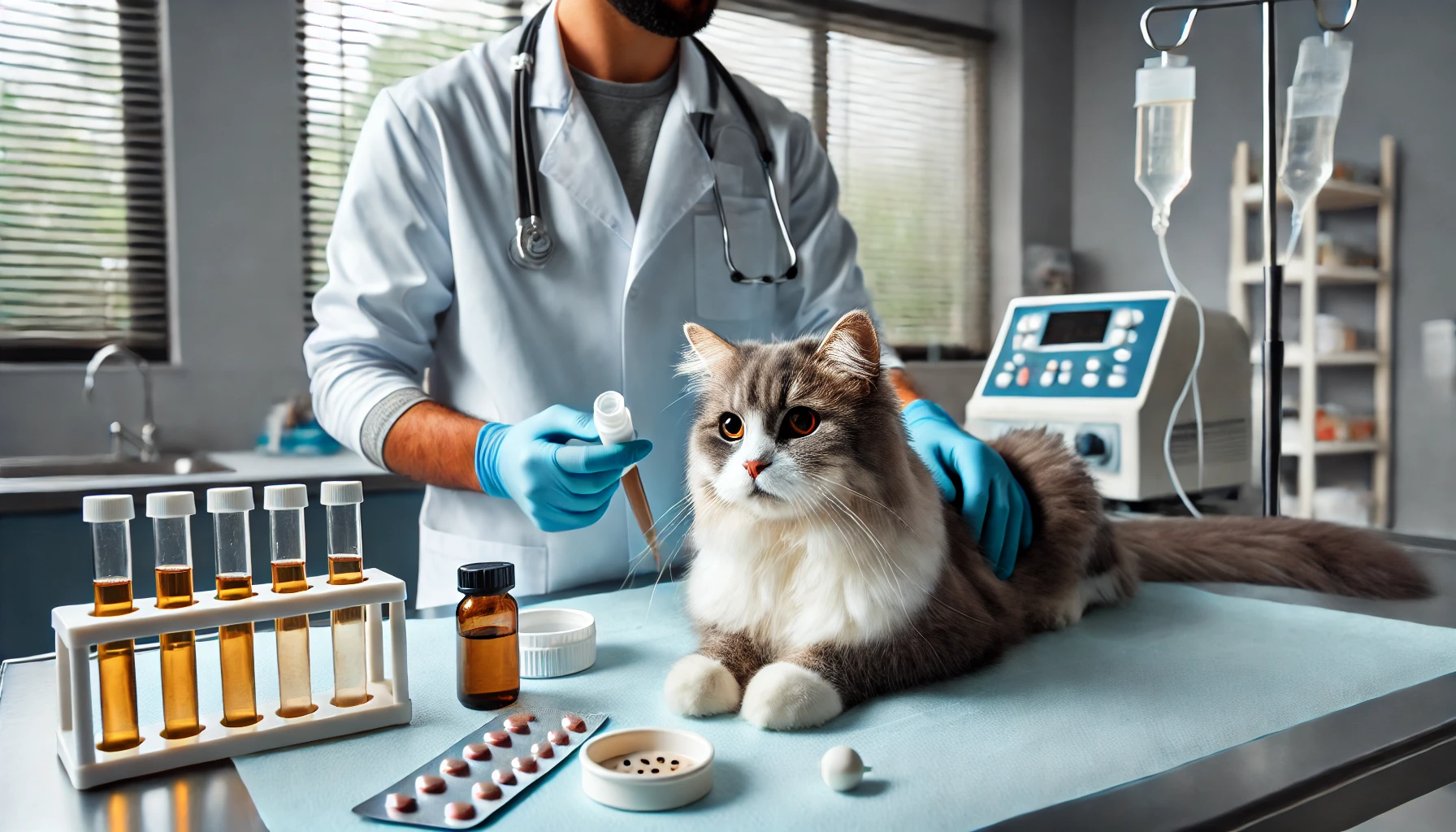
Veterinary Examinations and Tests
Diagnosing FLUTD typically begins with a routine physical examination by a veterinarian.
During this, your vet will ask for your cat’s medical history, any behavior changes, and symptoms you’ve observed, such as frequent urination, straining, or blood in the urine.
This information helps narrow down the possible causes of your cat’s urinary problems.
Once the physical examination is complete, your veterinarian may recommend a series of diagnostic tests to confirm FLUTD and determine its specific cause.
These tests may include:
- Urinalysis: A urinalysis is a critical diagnostic tool for assessing the composition of your cat’s urine. It can detect the presence of blood, crystals, bacteria, and abnormal pH levels, helping identify the type of FLUTD affecting your cat.
- Urine culture: A urine culture may be conducted to identify bacteria in the urinary system. This helps determine whether antibiotics are needed as part of the treatment plan.
- Blood work: Blood tests can be used to evaluate your cat’s overall health and identify conditions such as kidney disease or diabetes, which may contribute to urinary issues.
- X-rays or ultrasound: Imaging tools like X-rays or ultrasounds may be used to detect urinary stones, blockages, or other abnormalities in the bladder or urethra. These tools allow veterinarians to examine parts of the urinary system that cannot be assessed from the outside.
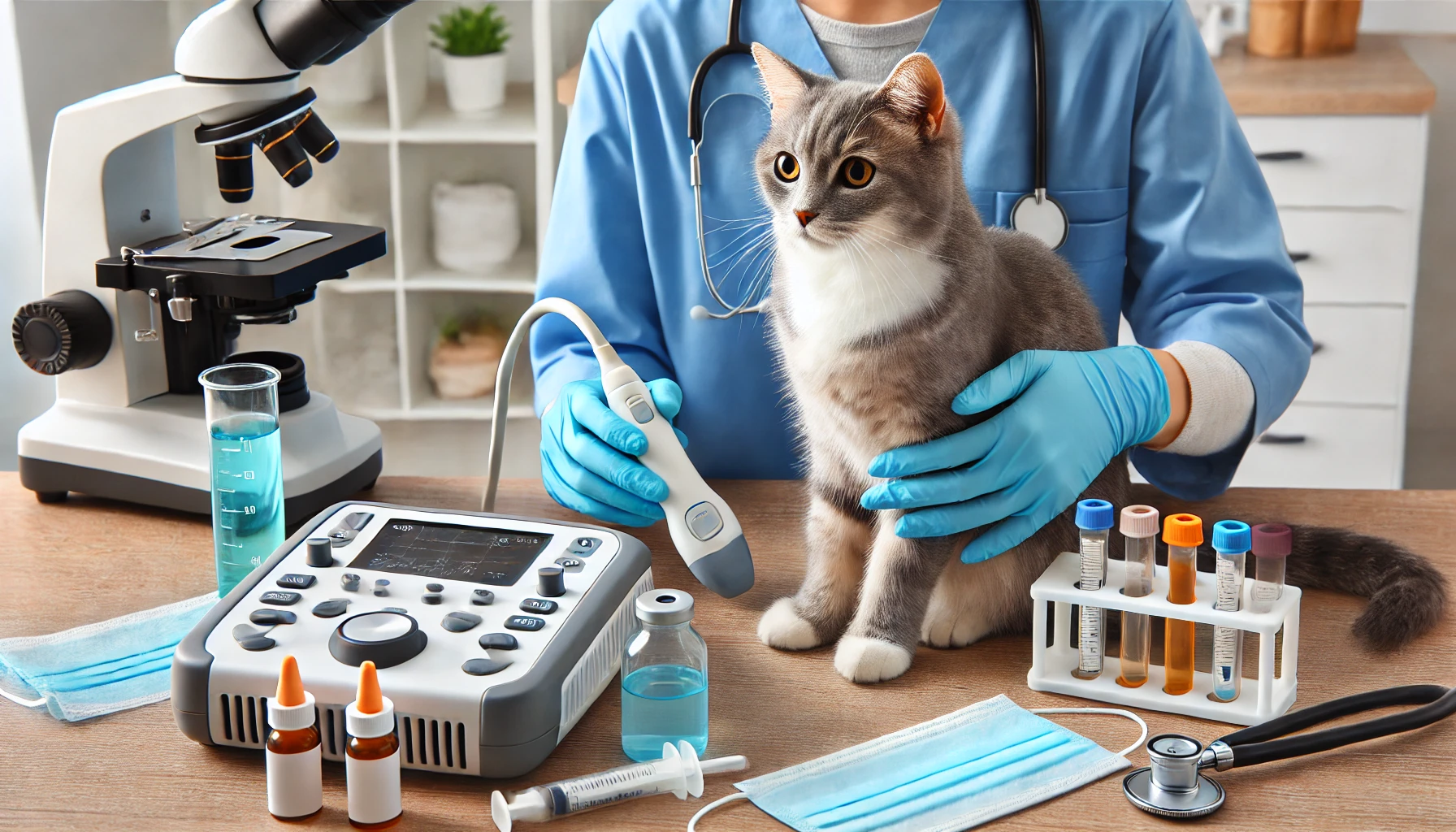
Common Diagnostic Tools
Veterinarians have a variety of diagnostic tools to help confirm a diagnosis of FLUTD.
Based on the suspected cause of your cat’s symptoms, your vet may use one or more of the following:
- Urinary catheterization: In some cases, a urinary catheter may be used to relieve a blockage and collect a urine sample for analysis.
- Bladder palpation: This physical examination involves the vet feeling the bladder to check for distension or blockage.
- Advanced imaging: Techniques like contrast radiography, where a special dye highlights the urinary tract in X-rays, can help detect issues not visible on standard imaging.
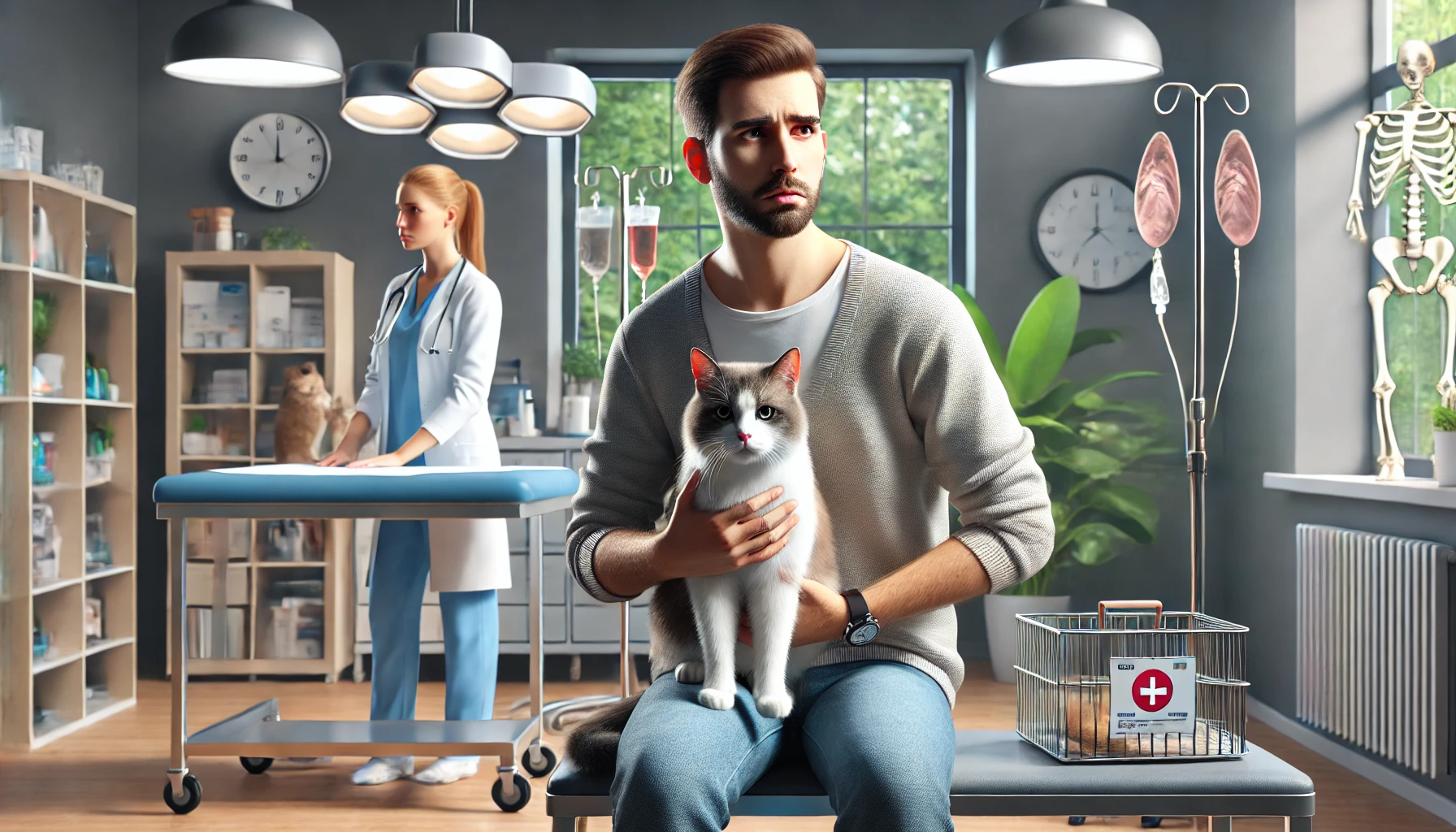
When to Seek Veterinary Help
If you suspect that your cat is showing symptoms of FLUTD, it’s essential to seek veterinary care immediately.
Delaying treatment increases the risk of serious complications such as bladder blockages, infections, or kidney damage.
Some signs that require immediate veterinary attention include straining to urinate, blood in the urine, or an inability to urinate, as these may indicate a life-threatening emergency.
Consult your veterinarian if you notice any of the following:
- Frequent trips to the litter box with little or no urine output
- Crying out in pain during urination
- Blood in the urine
- Straining or difficulty urinating
- Inability to urinate (medical emergency)
Early diagnosis ensures that your cat receives the proper treatment and care for FLUTD.
The sooner this condition is identified, the better your chances of managing the disease and preventing further complications.
Early diagnosis of FLUTD by a veterinarian is essential to prevent severe complications. Routine veterinary check-ups and diagnostic tests, like urinalysis and blood work, are key in identifying the disease.
Feline Lower Urinary Tract Disease: Recognition and Management
Once Feline Lower Urinary Tract Disease (FLUTD) has been diagnosed, effectively managing the condition and taking steps to prevent recurrence are crucial to ensuring the long-term health of your cat.
While FLUTD can be a recurring problem for some cats, proper management, dietary changes, and addressing environmental factors can significantly reduce the chances of future episodes.
Let’s explore how to manage and prevent FLUTD to keep your cat healthy and comfortable.
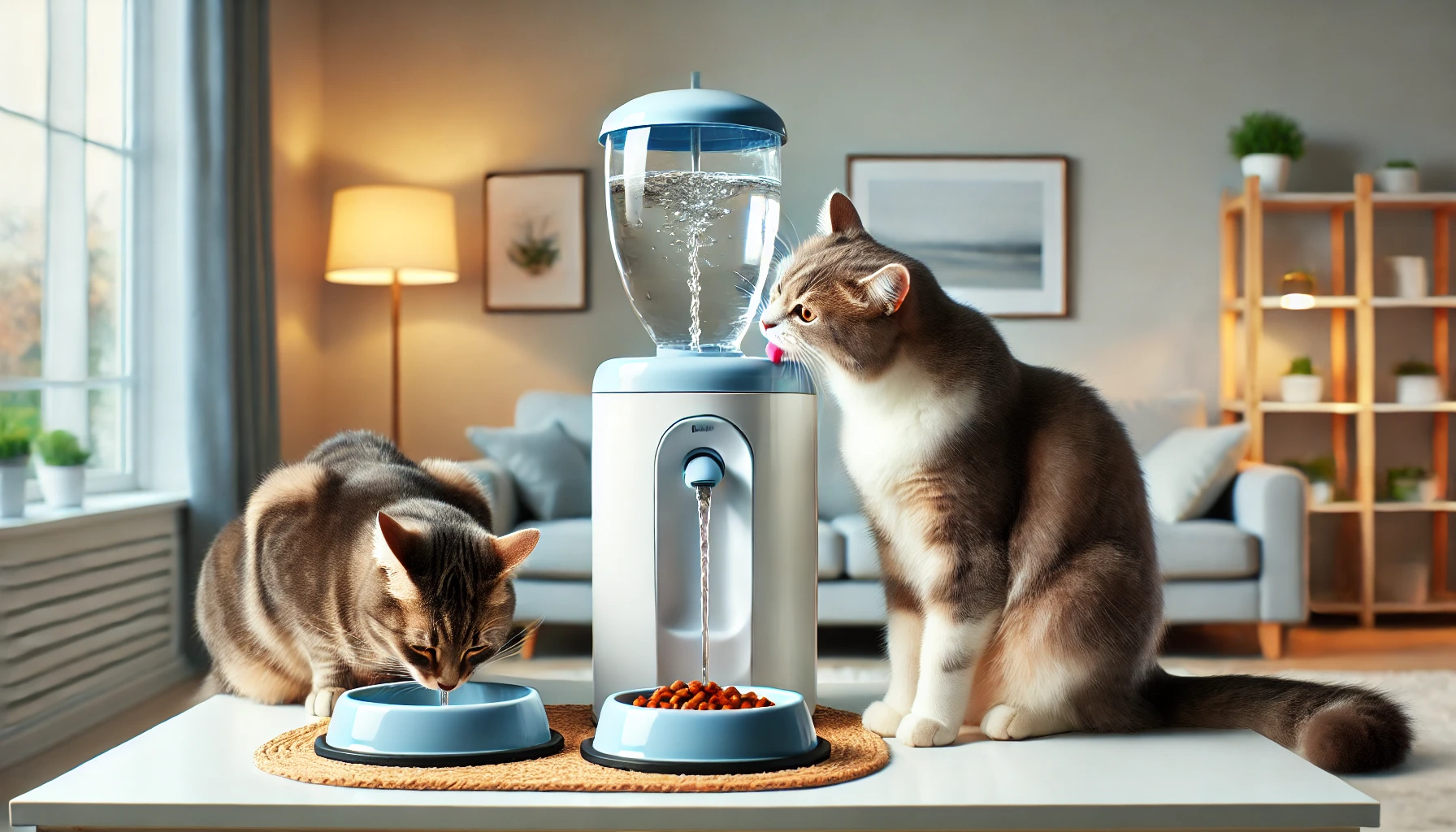
Dietary Changes and Fluid Intake
Dietary changes are one of the most effective methods for managing and preventing FLUTD.
Cats prone to urinary disorders should be put on special diets that support their urinary system.
These diets reduce the likelihood of crystal formation in the bladder and promote proper hydration, which is essential for preventing blockages and infections.
Key dietary considerations include:
- Wet food: Feeding your cat wet food instead of dry kibble increases their water intake, which helps dilute the urine and reduces the risk of crystal formation.
- Prescription diets: Veterinary-prescribed diets are designed to dissolve struvite stones or reduce the risk of forming oxalate crystals. These diets can be highly beneficial for cats with a history of FLUTD.
- Increased water intake: Encourage your cat to drink more water by always providing fresh, clean water. A cat water fountain can also entice your cat to drink more, promoting better urinary health.
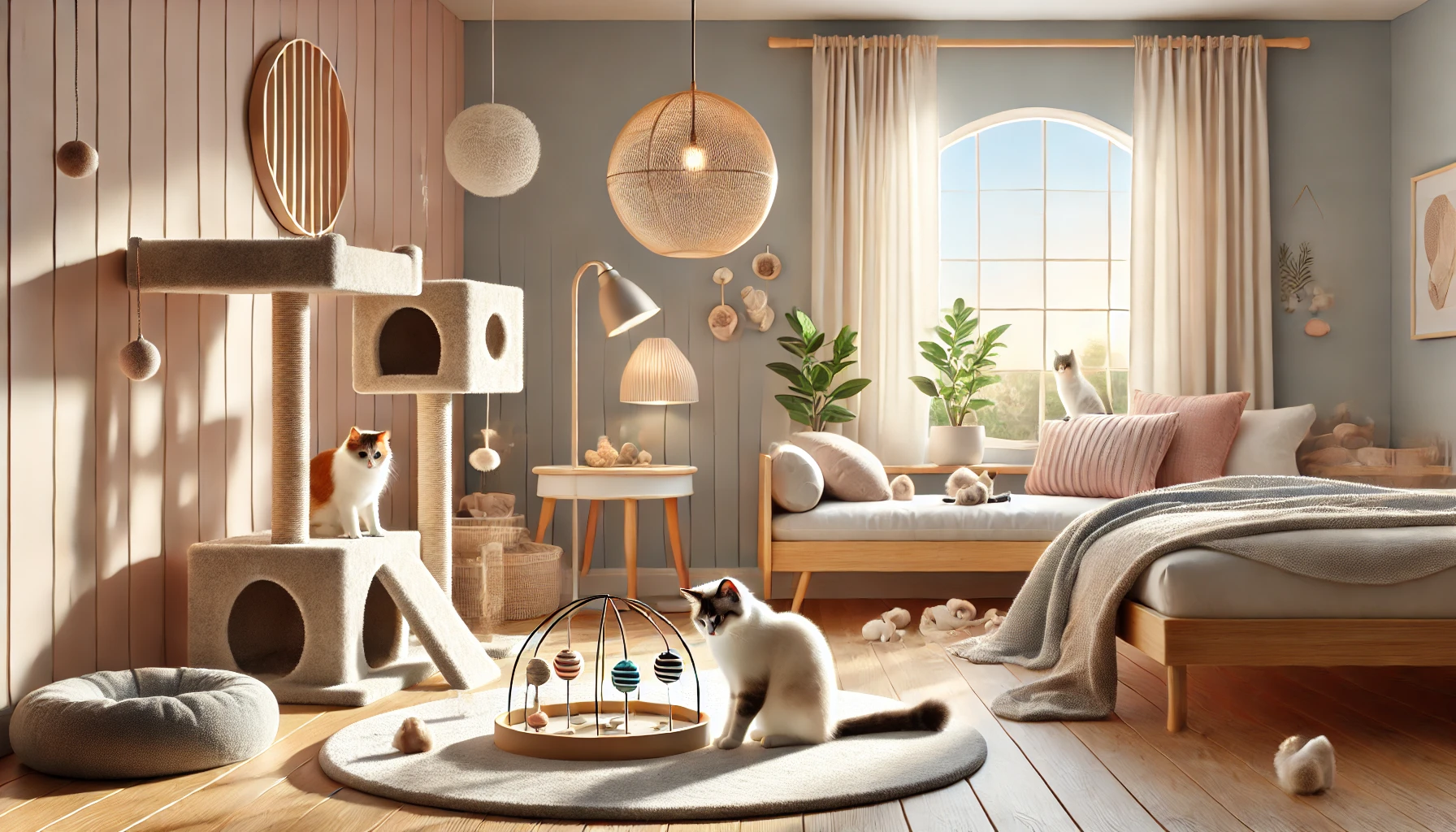
Environmental Enrichment and Stress Reduction
Stress is a major contributing factor to FLUTD, particularly in cats with idiopathic cystitis, a condition where no underlying cause is found.
Reducing stress in your cat’s environment can help prevent flare-ups and improve their overall well-being.
Cats are highly sensitive animals, and even minor changes in their environment can trigger stress-related urinary issues.
Ways to reduce stress include:
- Providing a quiet, secure area for your cat to relax
- Using pheromone diffusers or sprays to calm your cat
- Maintaining a consistent daily routine to reduce anxiety
- Offering interactive toys and engaging activities to mentally stimulate your cat
- Avoiding sudden changes in your cat’s environment, such as rearranging furniture or introducing new pets
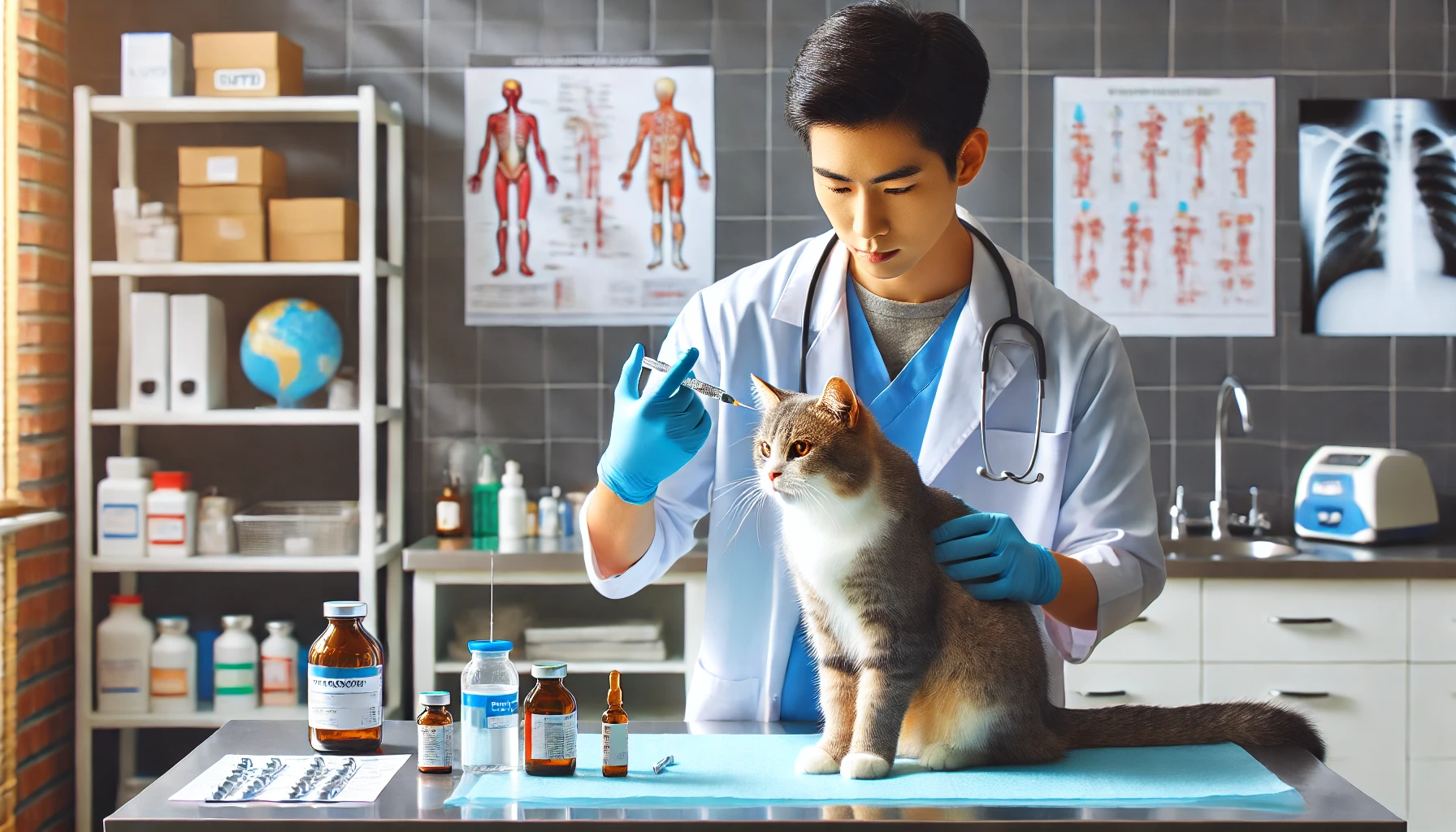
Medical Treatment Options
In some cases, dietary and environmental changes alone may not be sufficient to manage FLUTD.
Depending on the underlying cause of the condition, your veterinarian may recommend medical treatments to help resolve the issue.
These treatments may include:
- Antibiotics: If a bacterial infection is present, your vet may prescribe antibiotics to clear the infection and reduce inflammation in the urinary tract.
- Pain relief: FLUTD can be painful for cats, so your vet may recommend pain medications or anti-inflammatory drugs to manage discomfort.
- Urinary catheterization: In severe cases, such as when a complete urinary blockage occurs, your vet may need to insert a urinary catheter to relieve the obstruction and allow urine to flow.
- Surgery: In rare cases, surgery may be necessary to remove bladder stones or correct anatomical abnormalities contributing to FLUTD.
By combining dietary modifications, stress management, and appropriate medical treatment, you can effectively manage your cat’s FLUTD and reduce the risk of recurrence.
Always work with your veterinarian to develop a personalized plan that meets the specific needs of your cat.
Treatment and prevention of FLUTD involve a holistic approach: regular veterinary check-ups, a stress-free environment, and a healthy diet with plenty of hydration.
By providing the right care, you can greatly improve your cat’s quality of life and reduce the likelihood of FLUTD becoming a recurring issue.
Managing FLUTD requires a combination of dietary changes, stress reduction, and medical treatment. By taking these steps, you can prevent recurrence and ensure your cat’s health.
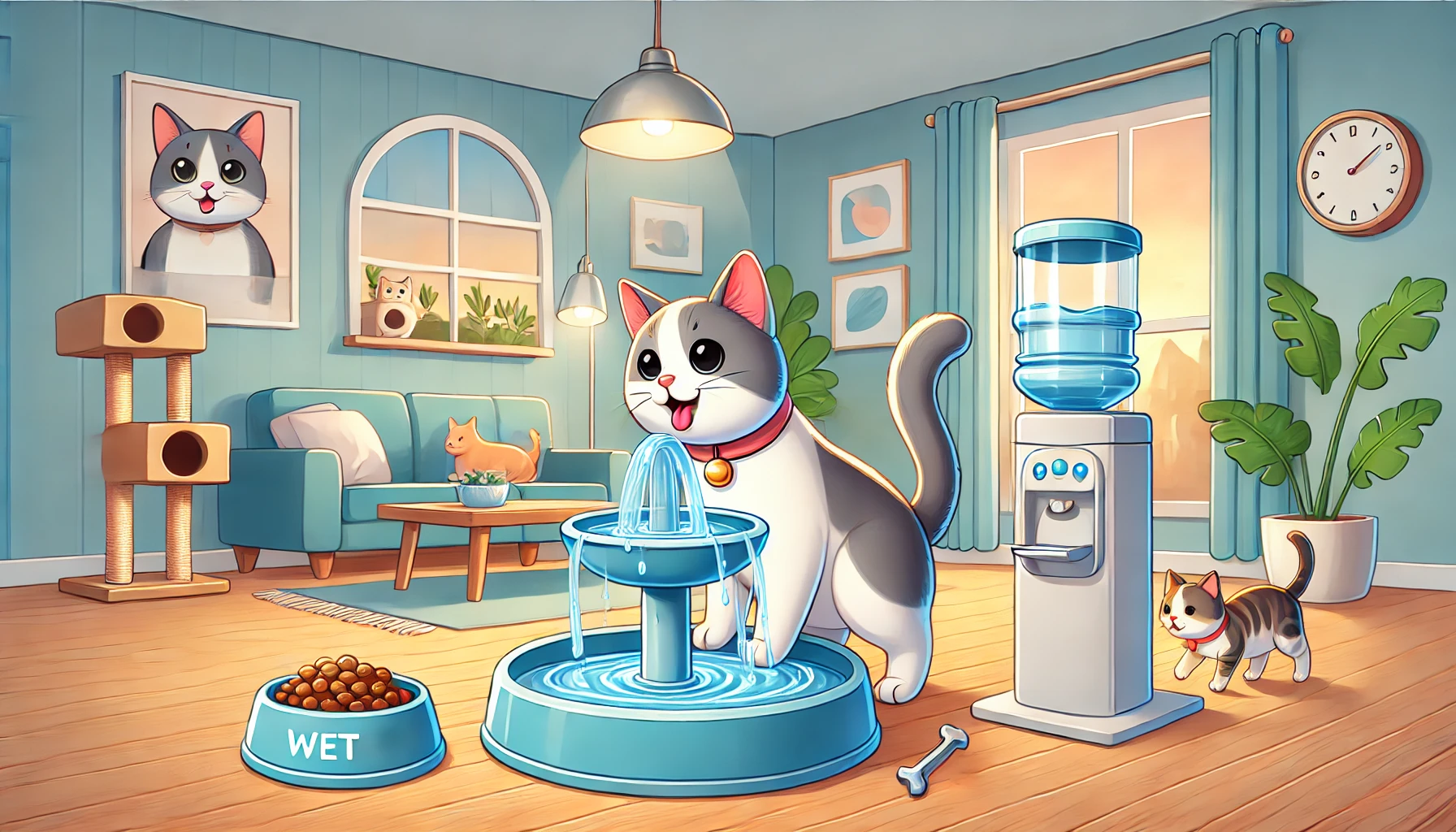
Overview of Feline Lower Urinary Tract Disease: Prevention and Care
Feline Lower Urinary Tract Disease (FLUTD) is a complex and potentially life-threatening condition that requires close attention, especially in its early stages.
This article has covered the identification, diagnosis, management, and prevention of FLUTD, providing cat owners with the essential information to help their feline friends avoid this painful disease.
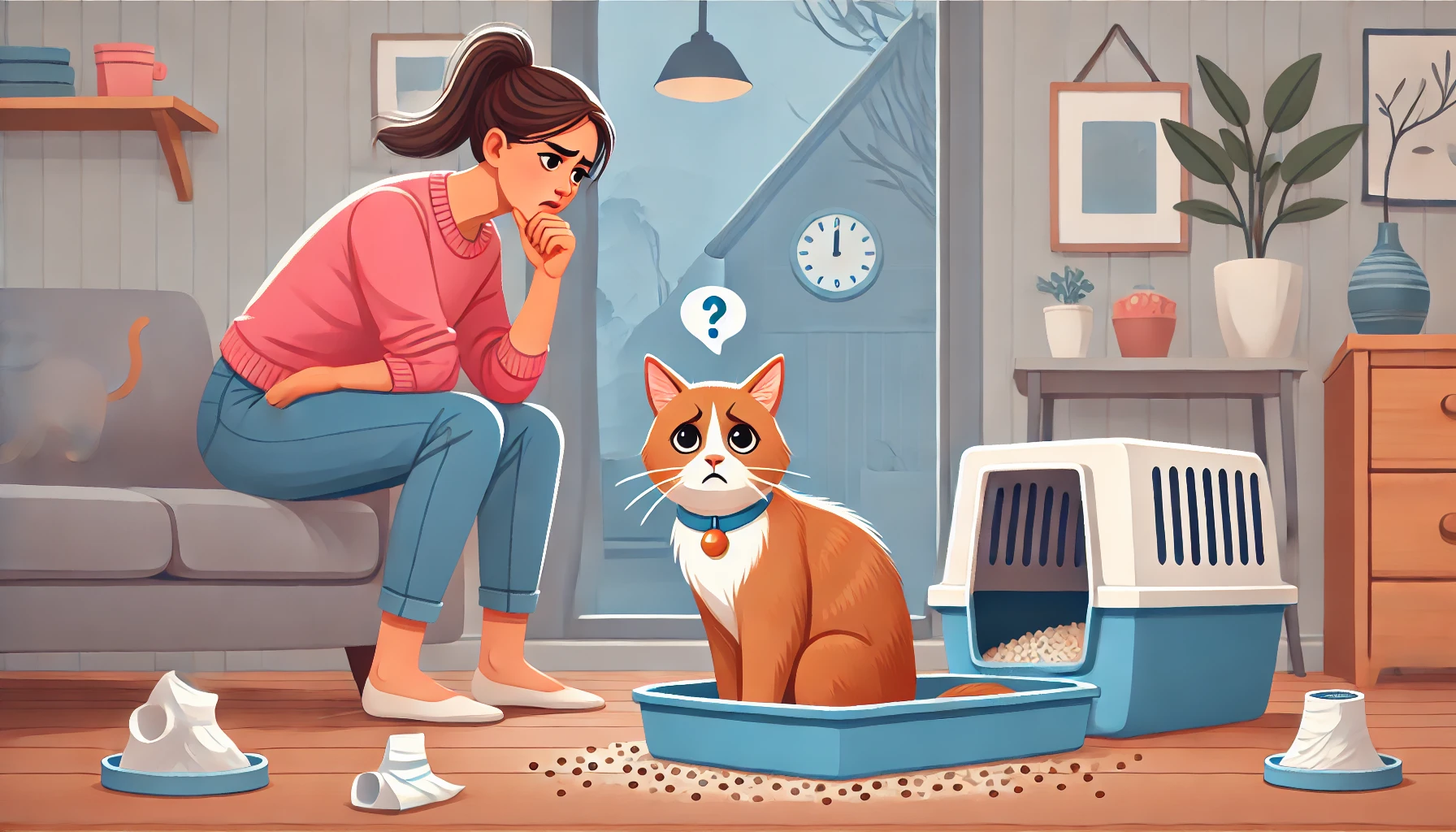
Key Points Regarding Identification of FLUTD
FLUTD can manifest through several subtle yet serious symptoms.
The best way to detect early warning signs is by closely monitoring your cat’s behavior and urinary habits.
Symptoms such as frequent trips to the litter box, straining to urinate, or blood in the urine can indicate the onset of FLUTD.
Early recognition of these symptoms can help prevent more serious complications, such as bladder blockages or infections.
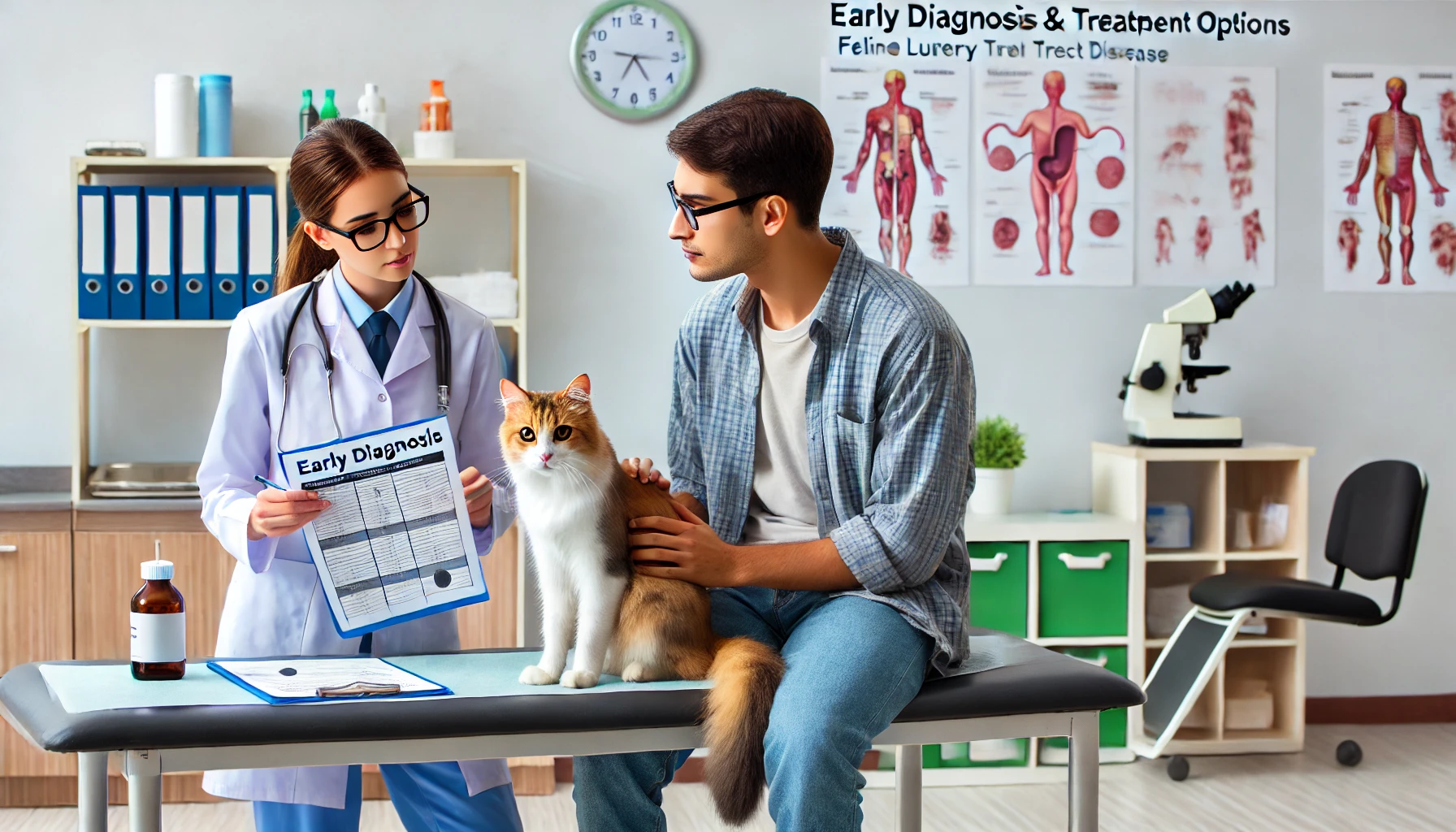
Importance of Early Diagnosis and Treatment
When left untreated, FLUTD can lead to severe complications, including blocked bladders, kidney damage, or chronic urinary infections.
Diagnosis by a veterinarian is crucial in identifying the exact cause of your cat’s symptoms and determining the appropriate treatment.
Regular veterinary check-ups are essential for detecting disorders in their early stages and preventing long-term consequences that may affect your cat’s quality of life.
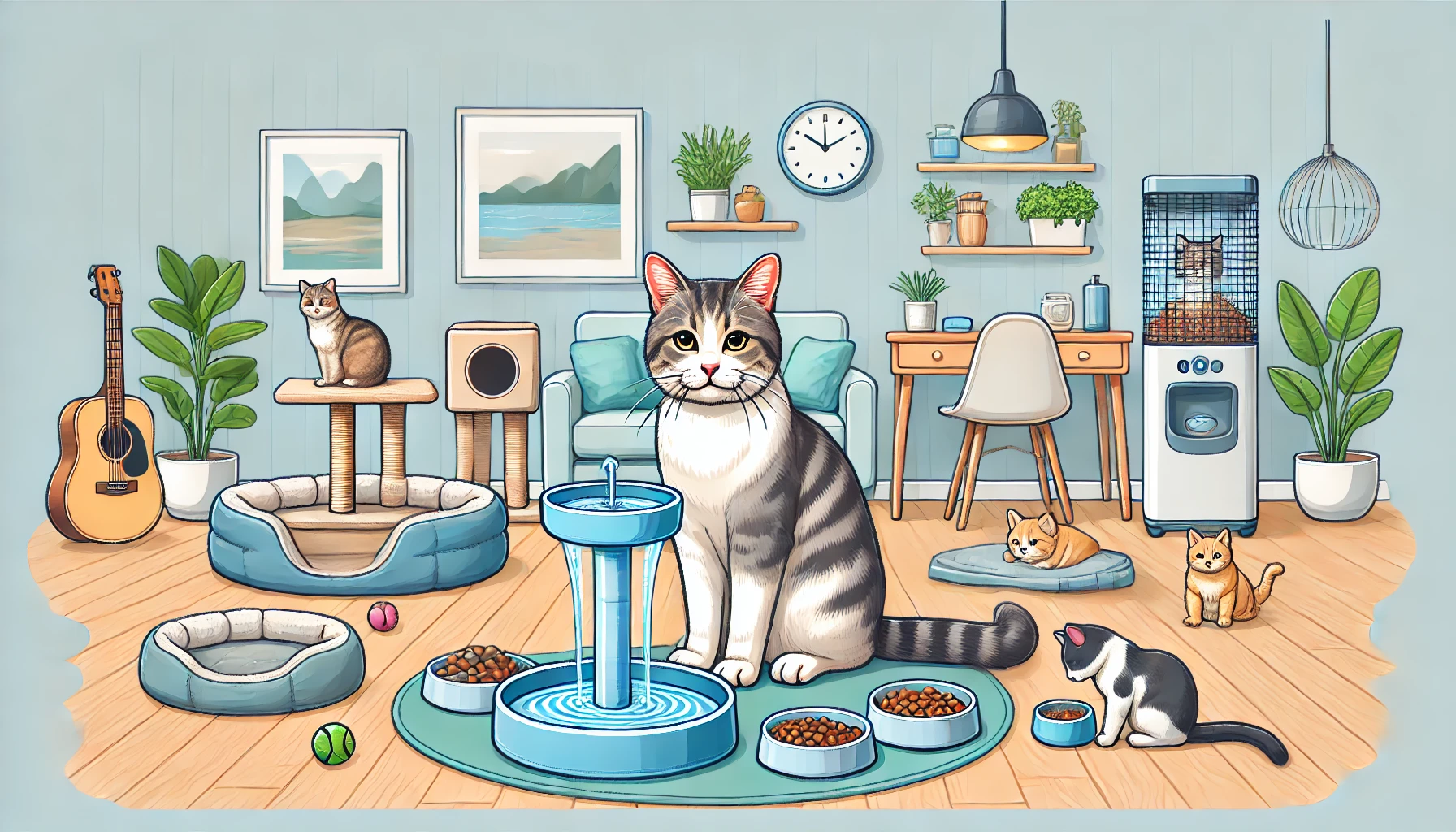
Dietary and Stress Factors in Overcoming FLUTD
Dietary adjustments are key to managing and preventing FLUTD.
Providing your cat with an appropriate diet that promotes urinary health, such as wet food or a prescription diet, can reduce the formation of urinary crystals and help with hydration.
Environmental factors, particularly stress, can also trigger episodes of FLUTD.
Creating a stable and calm environment for your cat can significantly lower the chances of recurrence.
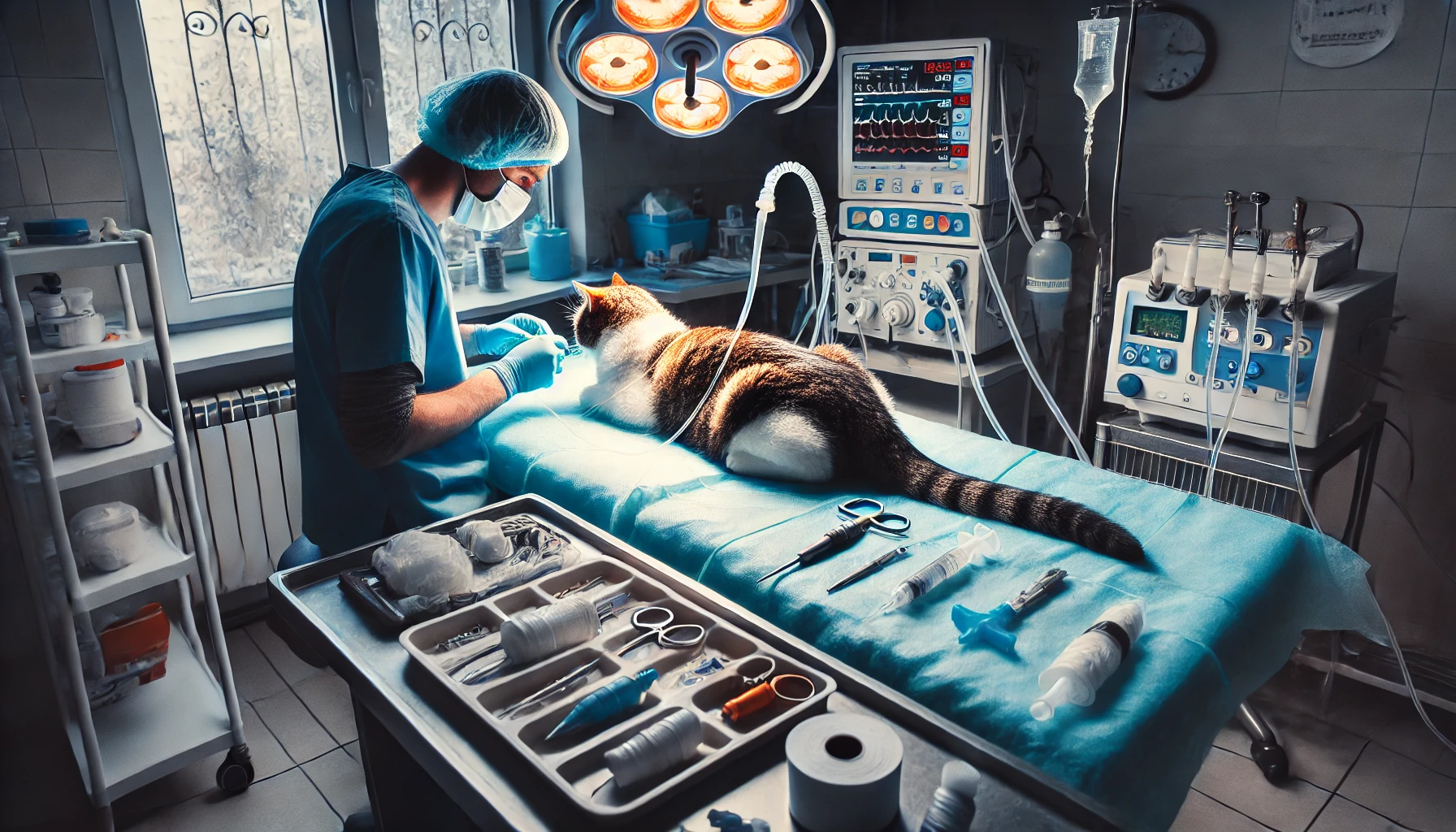
Medical Interventions in Severe FLUTD Cases
In cases where dietary or environmental modifications are not enough, medical interventions may be necessary.
These interventions can range from antibiotics for infections to pain relievers for managing discomfort, and in severe cases, surgery may be required.
It’s essential to consult with your veterinarian to develop a treatment plan that is tailored to your cat’s specific needs.
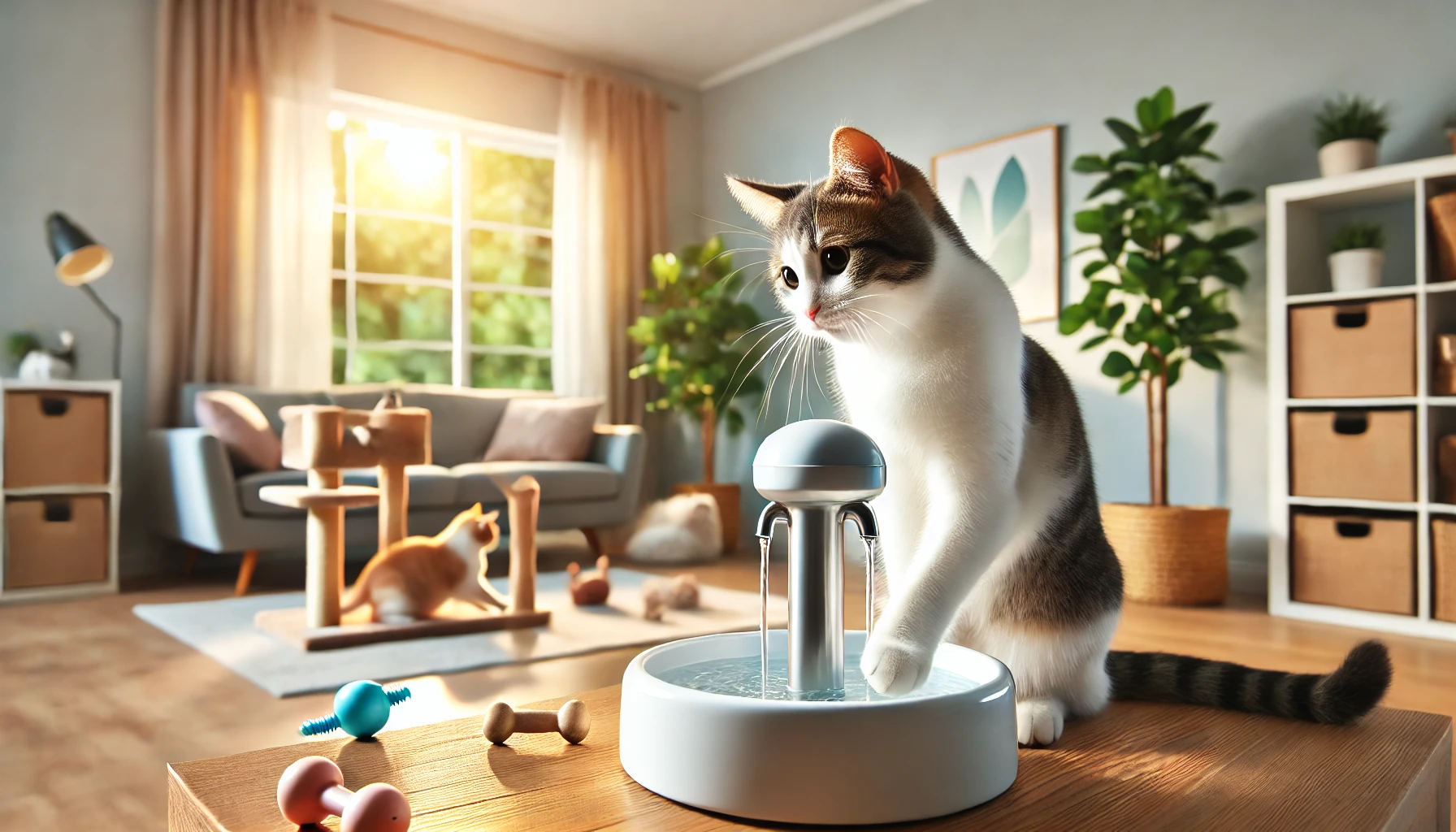
Staying Healthy and Preventing Recurrence
Preventing the recurrence of FLUTD involves a multidisciplinary approach, including regular veterinary care, dietary management, and minimizing environmental stressors.
With proper care and attention, FLUTD can be managed effectively, allowing your cat to lead a happy and healthy life.
As a responsible cat owner, understanding the risks associated with FLUTD, recognizing the symptoms, and following the prescribed treatment plan are crucial.
By being vigilant and proactive in caring for your cat’s urinary health, you can prevent complications and spare your feline companion unnecessary pain and discomfort.
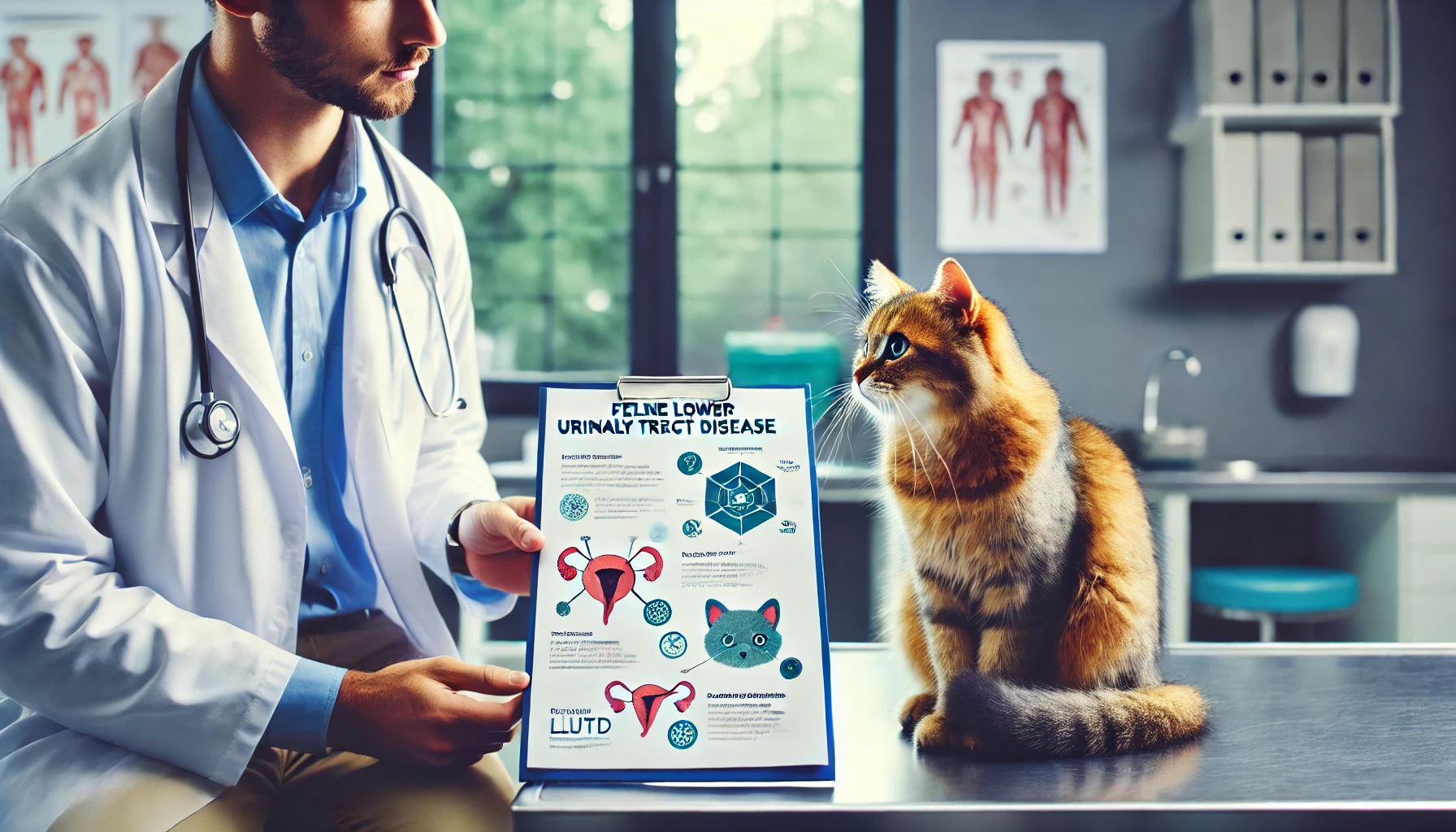
Frequently Asked Questions About Feline Lower Urinary Tract Disease
Here are some of the most frequently asked questions regarding Feline Lower Urinary Tract Disease (FLUTD).
These answers will help you understand the condition, its causes, symptoms, management, and prevention in your cat.
What is Feline Lower Urinary Tract Disease?
FLUTD is a group of conditions that affect the feline bladder and urethra.
These may include infections, urinary stones, and idiopathic cystitis, all of which lead to painful urination and difficulty urinating.
What are the early signs of FLUTD in cats?
Early signs include frequent trips to the litter box, straining to urinate, and hematuria (blood in the urine).
Cats may also exhibit behavioral changes, such as urinating outside the litter box or excessive grooming of the genital area.
How is FLUTD diagnosed in cats?
FLUTD is diagnosed by a veterinarian through tests like urinalysis, blood tests, and imaging techniques such as X-rays or ultrasounds, which can detect urinary stones or blockages.
Can diet help prevent FLUTD in cats?
Yes, dietary changes are essential in preventing FLUTD.
Wet food increases hydration and reduces the risk of crystal formation, while prescription diets help dissolve existing stones and minimize the risk of future ones.
Is FLUTD a life-threatening condition in cats?
If left untreated, FLUTD can become life-threatening.
Blockages that prevent urination, especially in male cats, can lead to kidney failure, so prompt veterinary care is critical if FLUTD is suspected.
How does stress lead to FLUTD in cats?
Stress is a major factor in idiopathic cystitis, a type of FLUTD with no identifiable cause.
Reducing environmental stressors, providing a routine, and creating a calm space can help minimize flare-ups.
What medical treatments are available for FLUTD?
Treatment options for FLUTD include antibiotics for infections, pain relief, and catheterization for blockages.
In more severe cases, surgery may be necessary to remove bladder stones or correct anatomical issues.
Is FLUTD likely to recur after being treated?
FLUTD can recur, particularly in cats that are predisposed to it.
Preventative measures such as dietary changes, reducing stress, and regular veterinary check-ups are essential to minimizing the risk of recurrence.
When should I take my cat to see the vet about FLUTD?
If your cat shows signs of straining to urinate, blood in the urine, or an inability to urinate, seek veterinary attention immediately, as these symptoms may indicate a life-threatening emergency.

